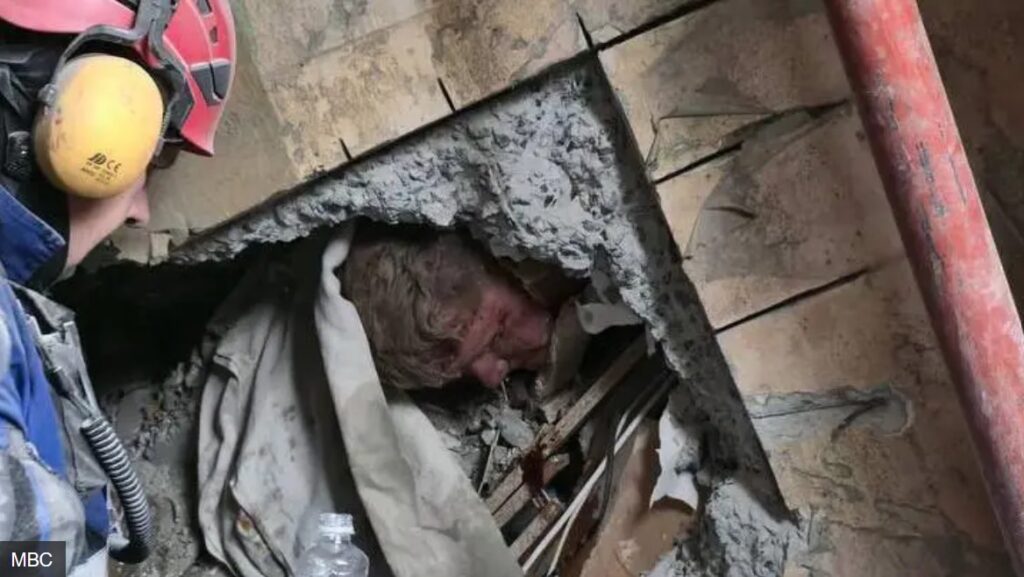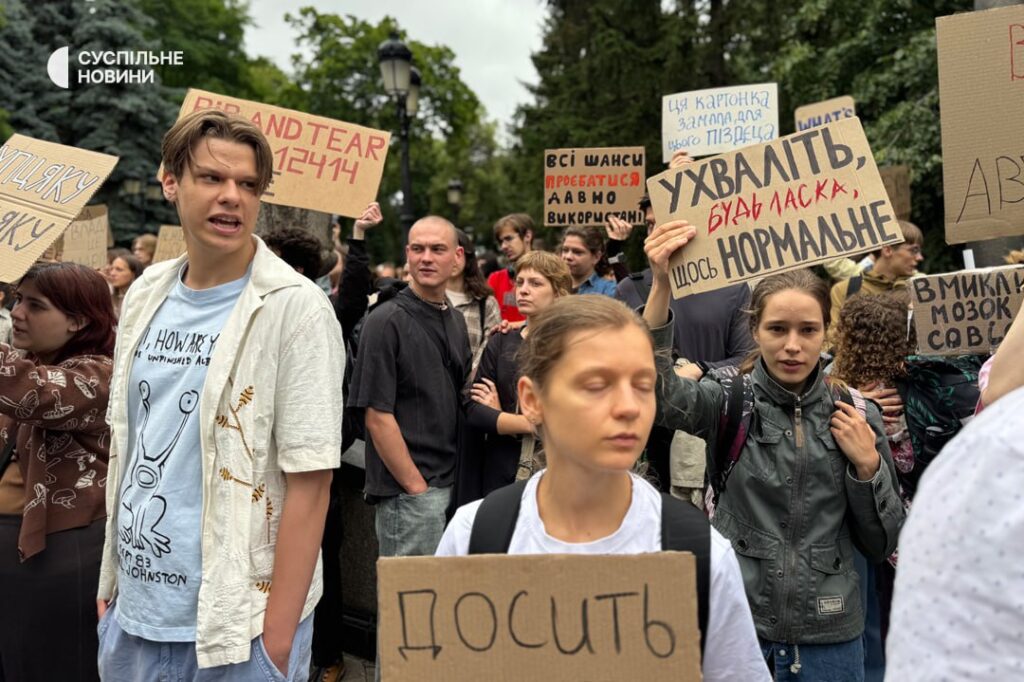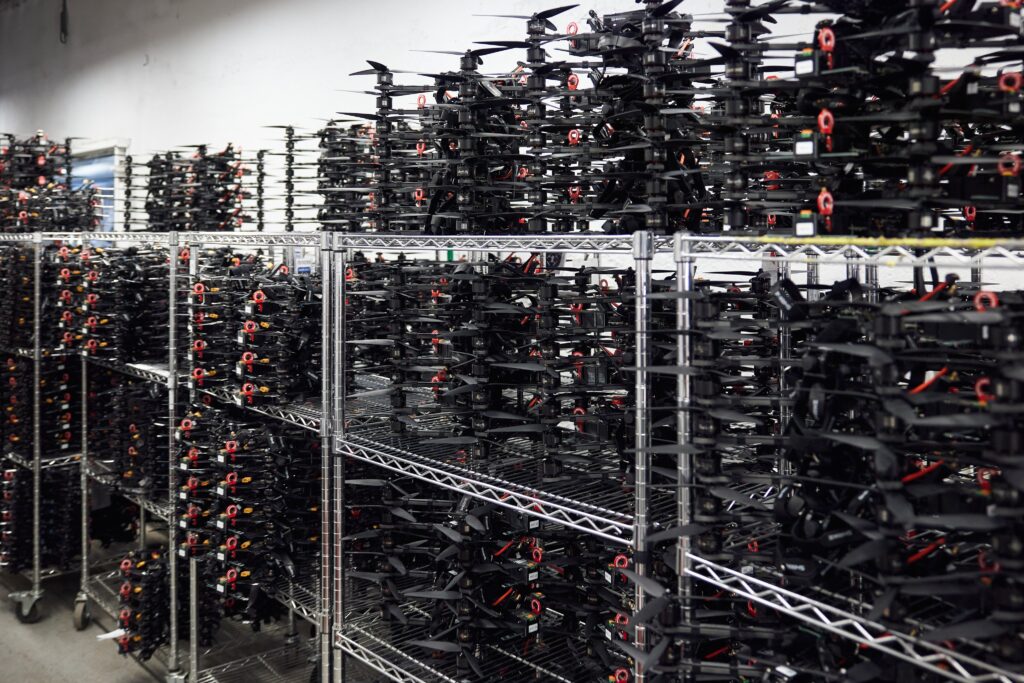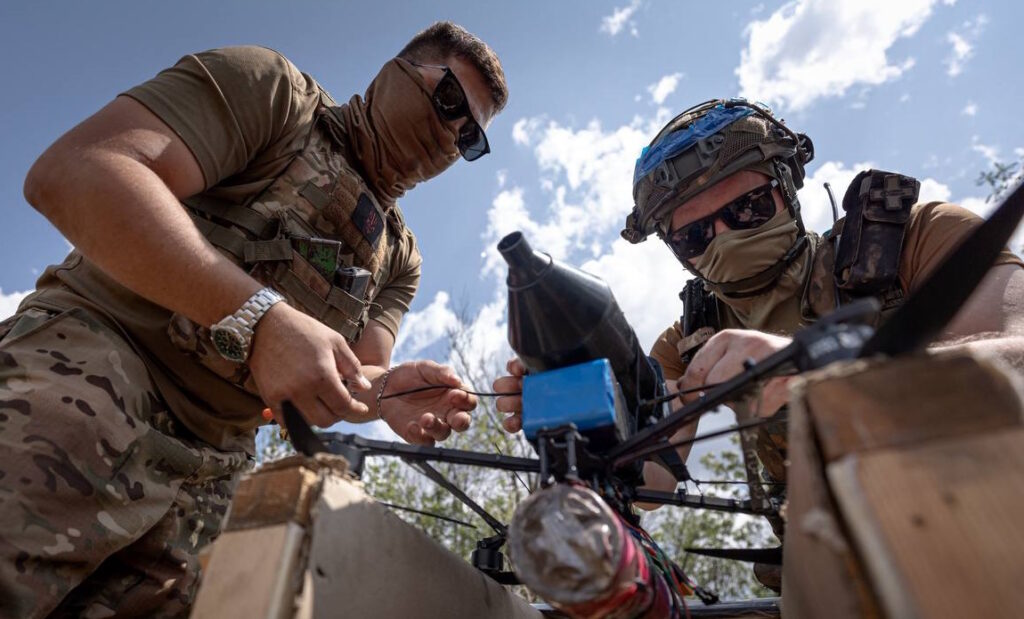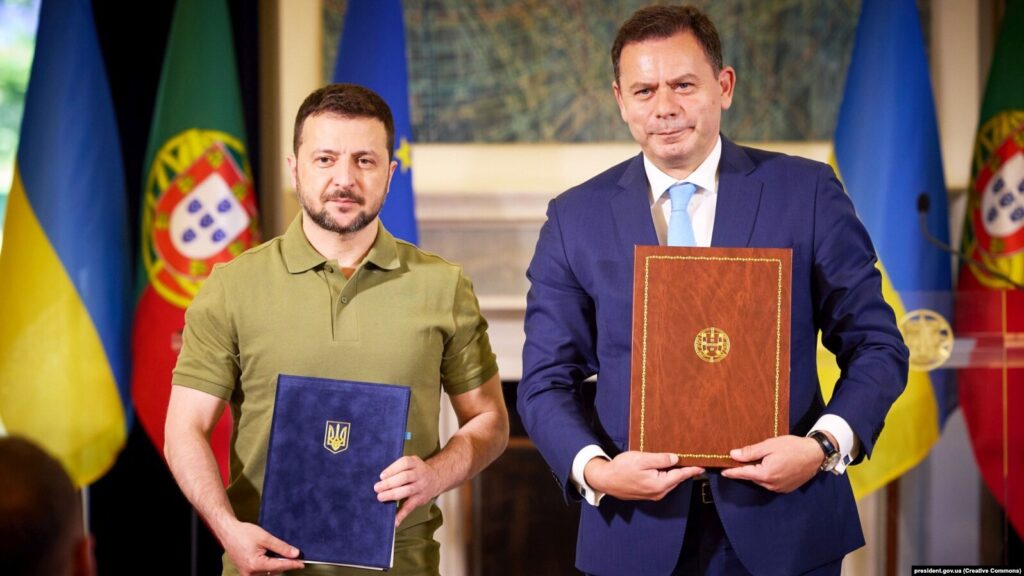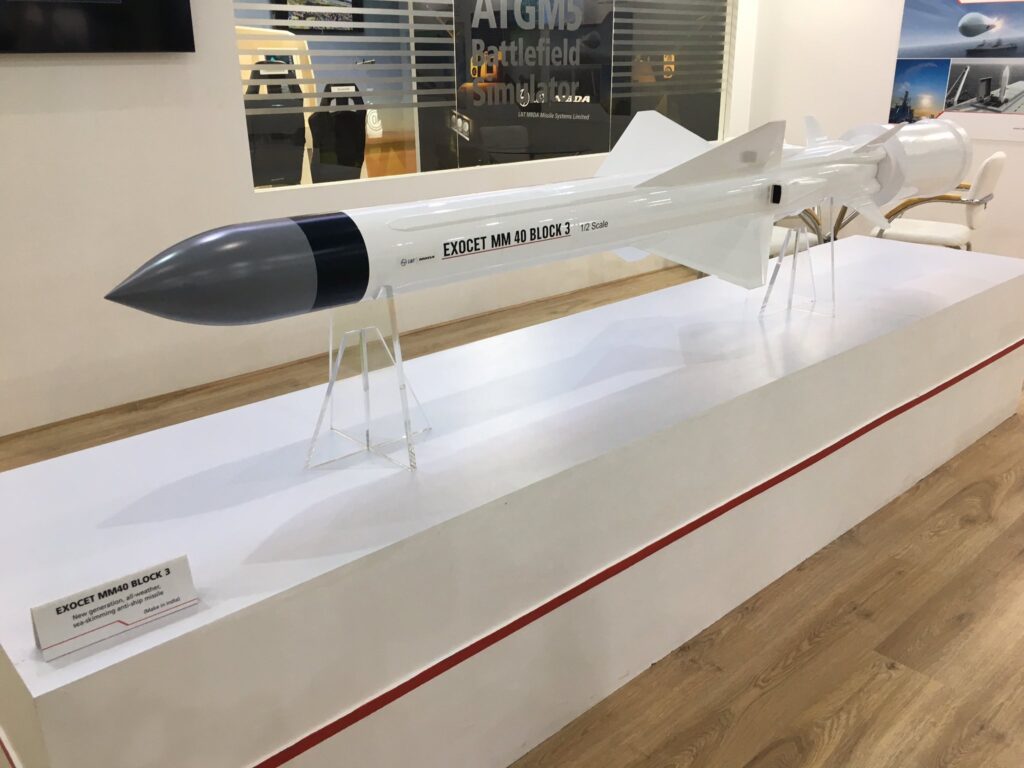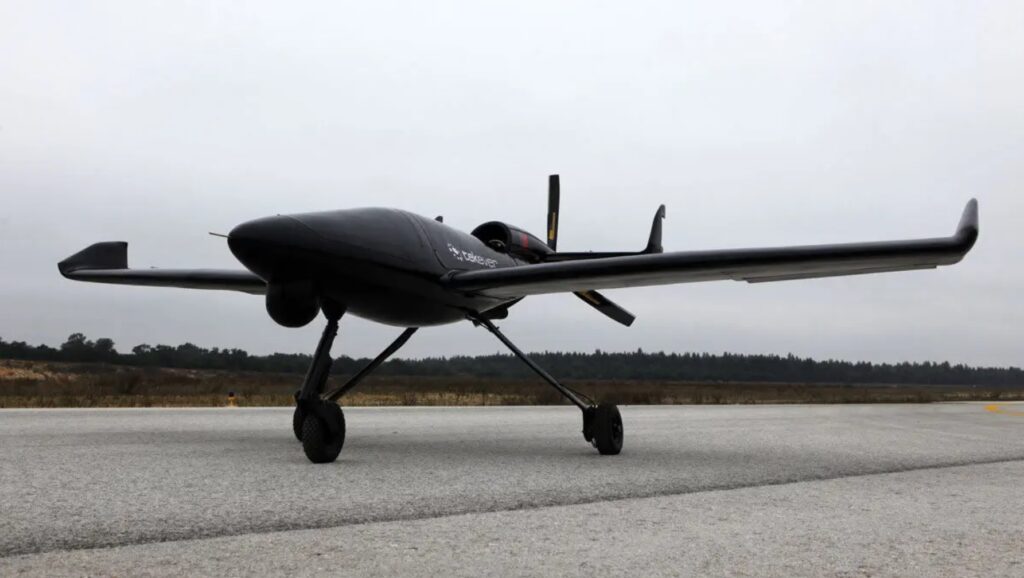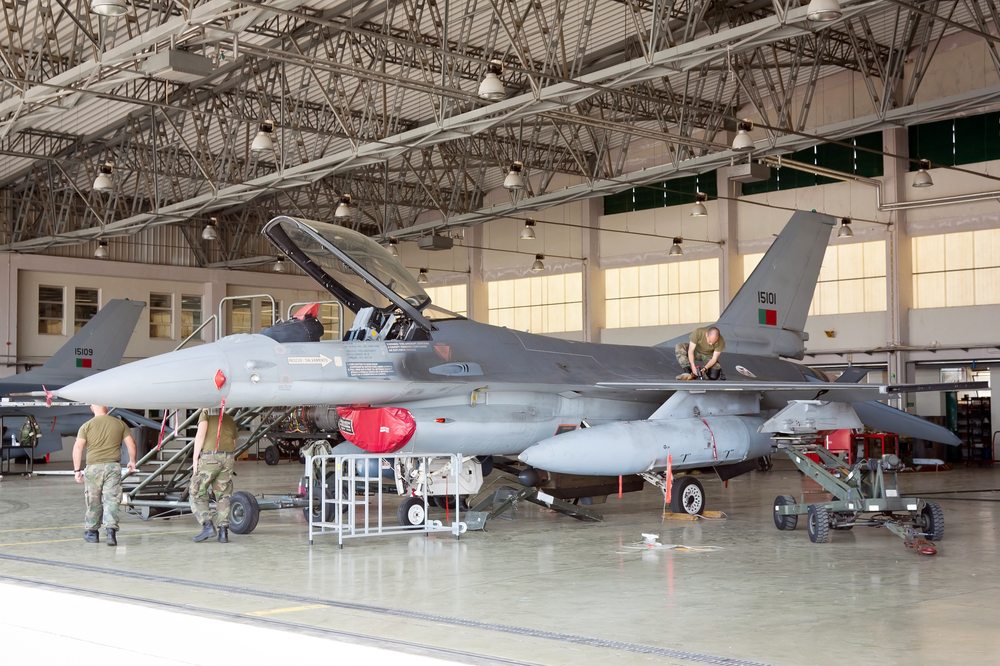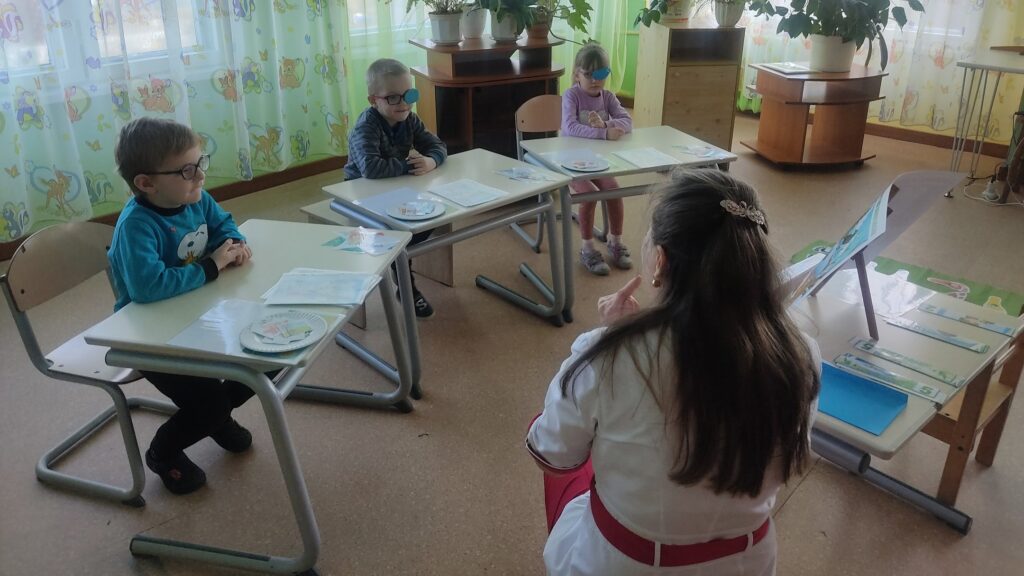Kostyantynivka’s new morning routine: turn on the gas. Nothing. Russians are 3 miles away
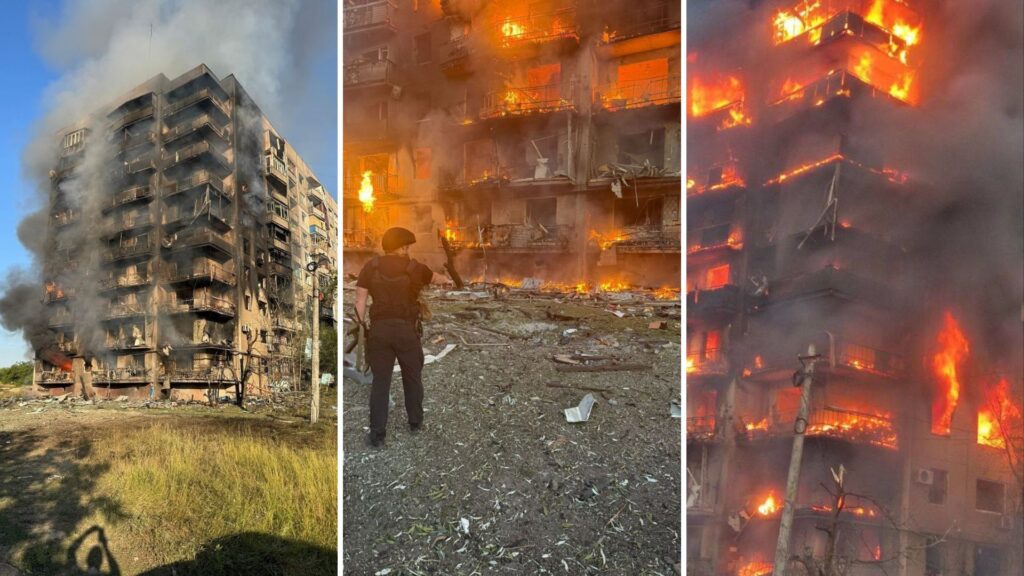
For hours today, Kostyantynivka endured merciless Russian bombardment—a once-bustling city in Donetsk Oblast now scarred and shaken. More than 20 residential buildings were damaged, gas infrastructure crippled, and the last postal lifeline cut. Roughly 6,800 residents remain, holding on as the city edges closer to catastrophe.
Kostyantynivka is not just another dot on the map. It anchors the southern approach to the Donbas fortress belt—Sloviansk, Kramatorsk, Druzhkivka, Pokrovsk. These cities together form Ukraine’s eastern bastion. If Kostyantynivka falls, the defensive ring could be flanked, leaving the heart of the Donbas vulnerable.
The warning signs are familiar. Mariupol, Bakhmut, Marinka, Avdiivka, Popasna—all were battered into ruins before Russian troops claimed them. Kostyantynivka is not yet rubble. But the smoke and broken glass already foreshadow that grim possibility.
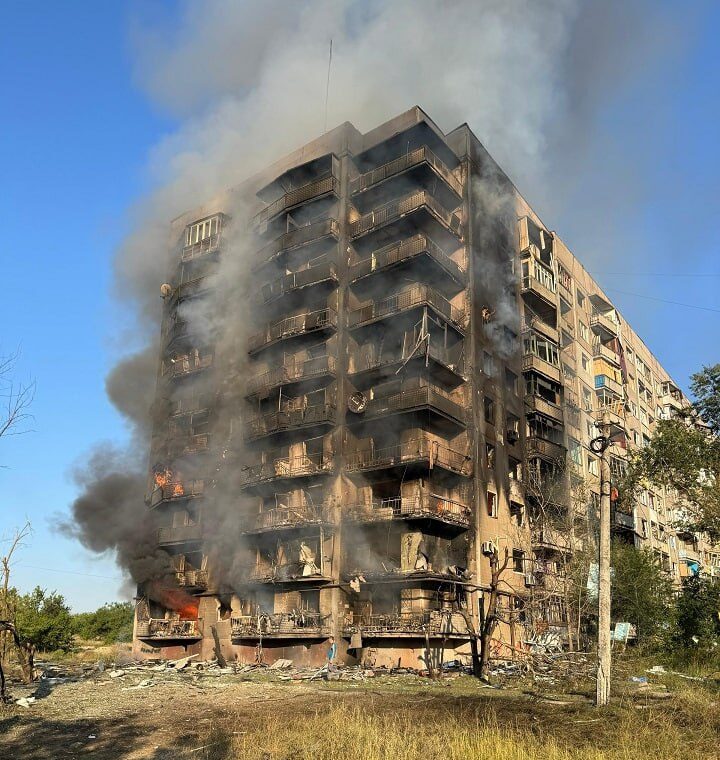
Shelling erodes daily life
The bombardment lasted for hours. FPV drones and FAB-250 bombs smashed into residential neighborhoods, ripping through apartments, private homes, and civic buildings. Local officials counted more than 20 apartment blocks among the wreckage.
One of the most devastating strikes hit the gas distribution station, collapsing pressure in the system and plunging the city into a total gas blackout. Donetskoblgaz, the regional gas distribution company, confirmed repairs were impossible under current conditions, citing security risks for its crews.
“Restoration of gas supply is not possible at this time,” the company stated.
Life without gas—no heating, no cooking—leaves residents more exposed, forced to adapt to survival conditions while bombardment continues overhead.
Postal lifeline severed
As Russian forces edged closer, even the last traces of civil infrastructure disappeared. Kostyantynivka’s last Ukrposhta branch closed its doors, ending pensions and parcel services in the city.
“For a long time, we were the only ones here—no banks, no competitors, just Ukrposhta, supporting thousands. But it became too dangerous to stay,” CEO Ihor Smilianskyi explained.
The nearest branches are now in Druzhkivka and Olexievo-Druzhkivka, 5–7 km away—a distance that, under fire, can feel insurmountable.
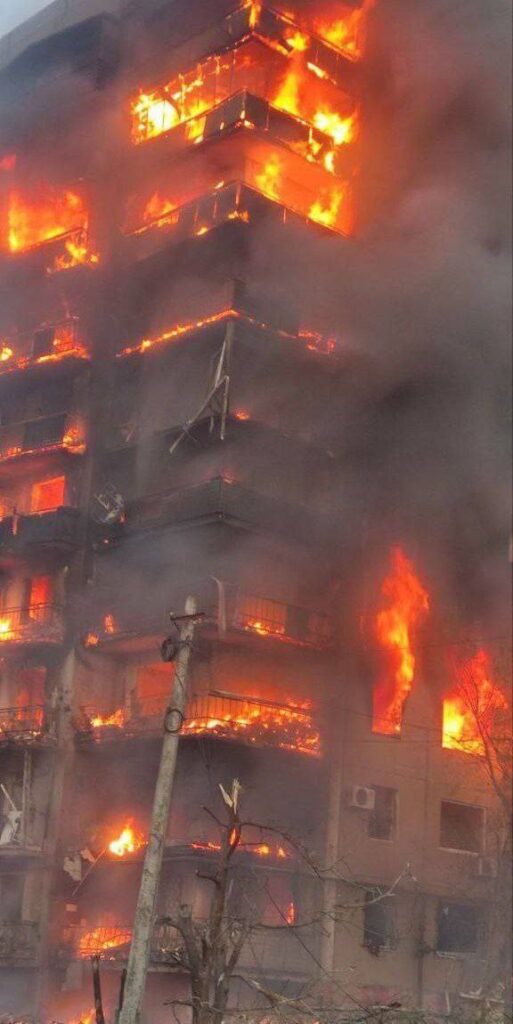
Population hollowing out
Kostyantynivka once held nearly 15,000 residents. Today, fewer than 7,000 remain. Many are elderly or families unable to evacuate. Streets are quiet, windows are boarded, and shops shuttered.
The city is not yet destroyed like Mariupol or Avdiivka. But depopulation is already hollowing it out—a silent erosion that makes the devastation feel inevitable.
Russian push near Dobropillya—repelled, for now
The crisis around Kostyantynivka is compounded by Russian pressure further west. Near Dobropillya, Moscow launched a thrust, carving a salient toward Pokrovsk. For a moment, Ukrainian defenses bent under pressure.
But Ukraine hit back. The 1st Azov Corps led a counterattack that wiped out Russia’s 132nd Motor Rifle Brigade in a 16-day fight. Reinforcements from Ukrainian air assault, marine, and mechanized brigades stabilized the sector.
Still, the battle is far from over. As analyst David Axe observed, Russia is funneling fresh units, and momentum shifts quickly:
“Neither side can seize the initiative for long.”
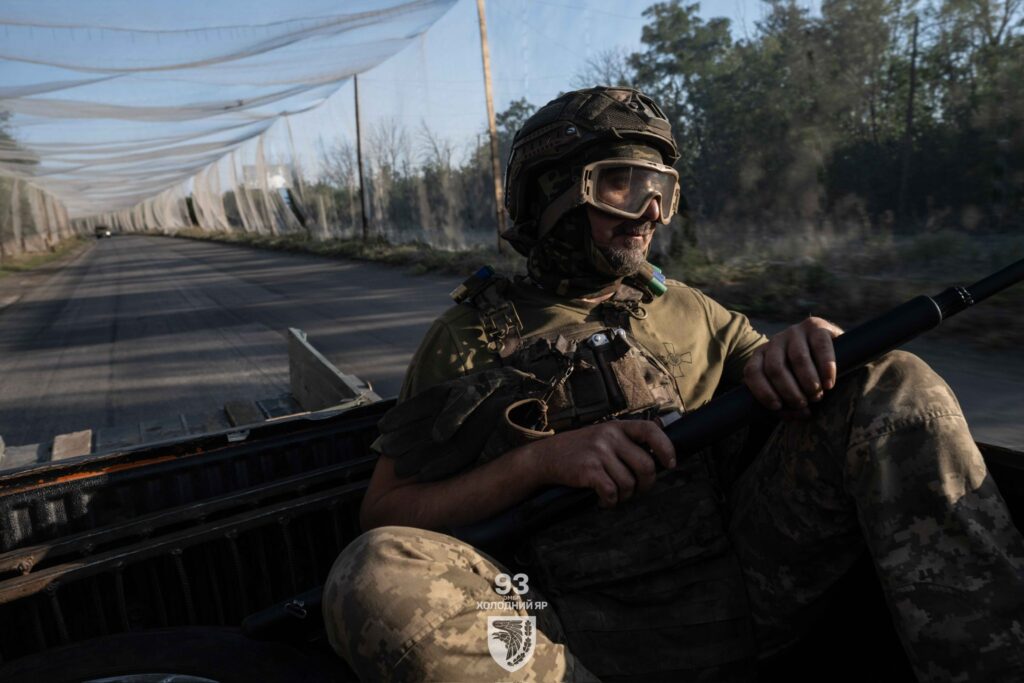
Pokrovsk on the brink
Further west, Pokrovsk—the southernmost anchor of the Donbas fortress belt—is under threat of encirclement. Russian advances north and south aim to sever supply routes and trap the city. Its fall would not only endanger tens of thousands still inside—it would unravel Ukraine’s broader defensive belt from the south upward.
Pokrovsk, like Kostyantynivka, is not yet lost. But the pressure is mounting daily.
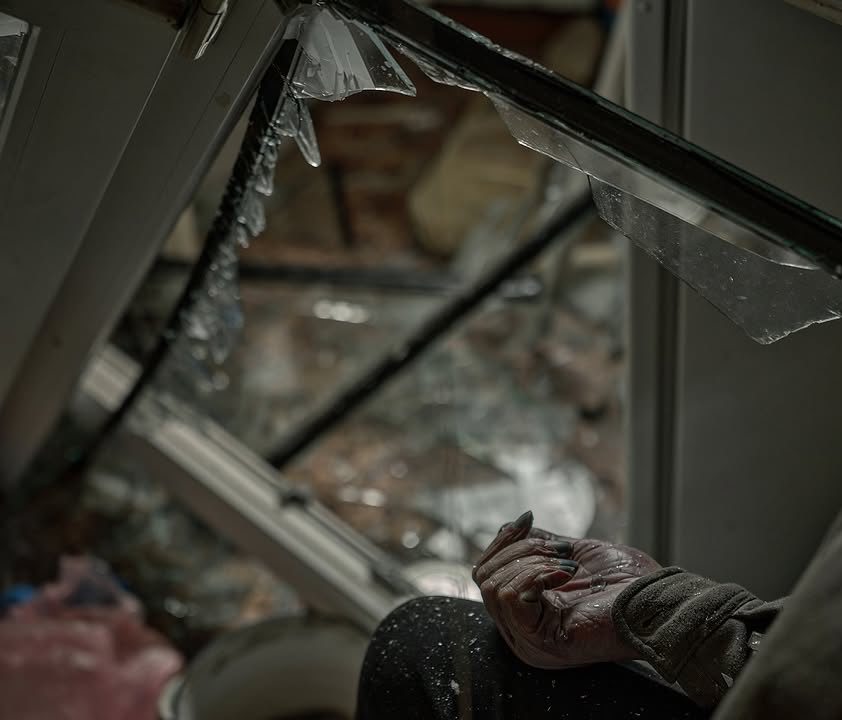
Syrskyi: “The breakthrough near Dobropillya is crushed”
Ukraine’s Commander-in-Chief Oleksandr Syrskyi admitted that Russian troops briefly advanced near Dobropillia, but insists the situation has now been reversed:
“The enemy took advantage of gaps and advanced. But after decisive measures—redeploying forces and clearing villages—their victorious mood turned to despair.”
As for nearby Pokrovsk, Syrskyi emphasized that Ukrainian logistics remain intact, and that reinforcements, counter-attacks, and the advantage of terrain are helping blunt the Russian push—even amid relentless daily assaults.
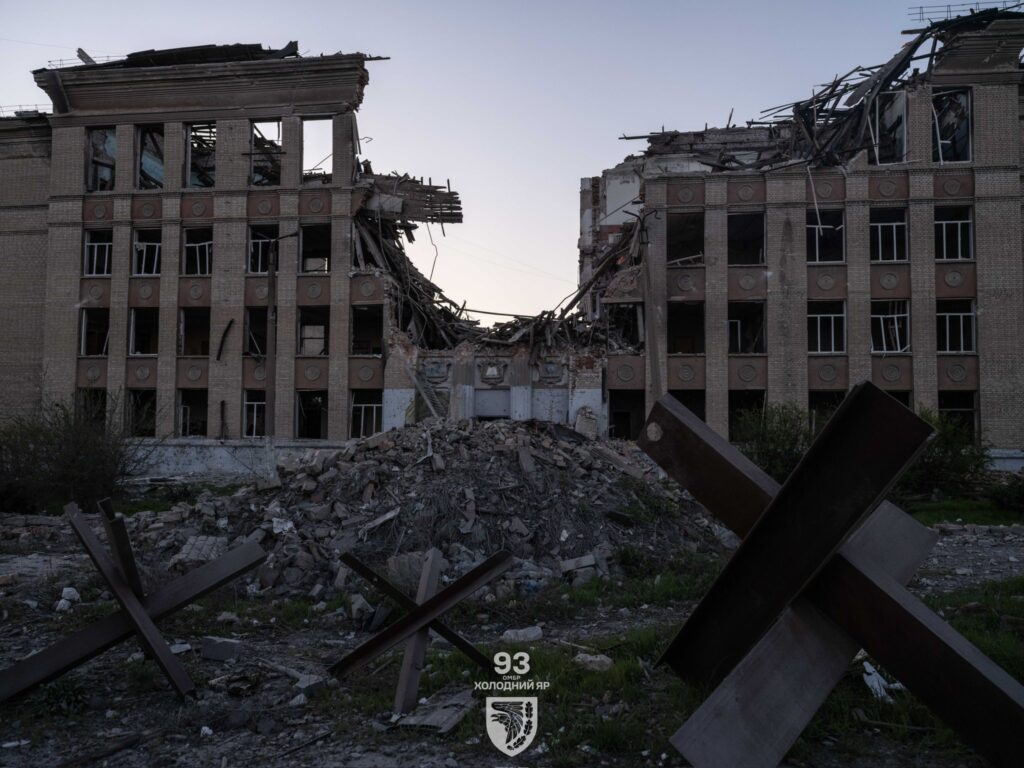
Moscow’s terms: Donbas for “peace”?
As the battlefield burns, diplomacy shifted to Alaska, where US President Donald Trump met with Vladimir Putin. While exact details remain uncertain, reports suggest Putin floated demands for Ukraine to withdraw from Donbas, renounce NATO, and bar Western troops in exchange for a ceasefire.
European officials and Kyiv dismiss the proposals as a trap—an attempt to freeze Russia’s gains while leaving Ukraine exposed to future assaults.
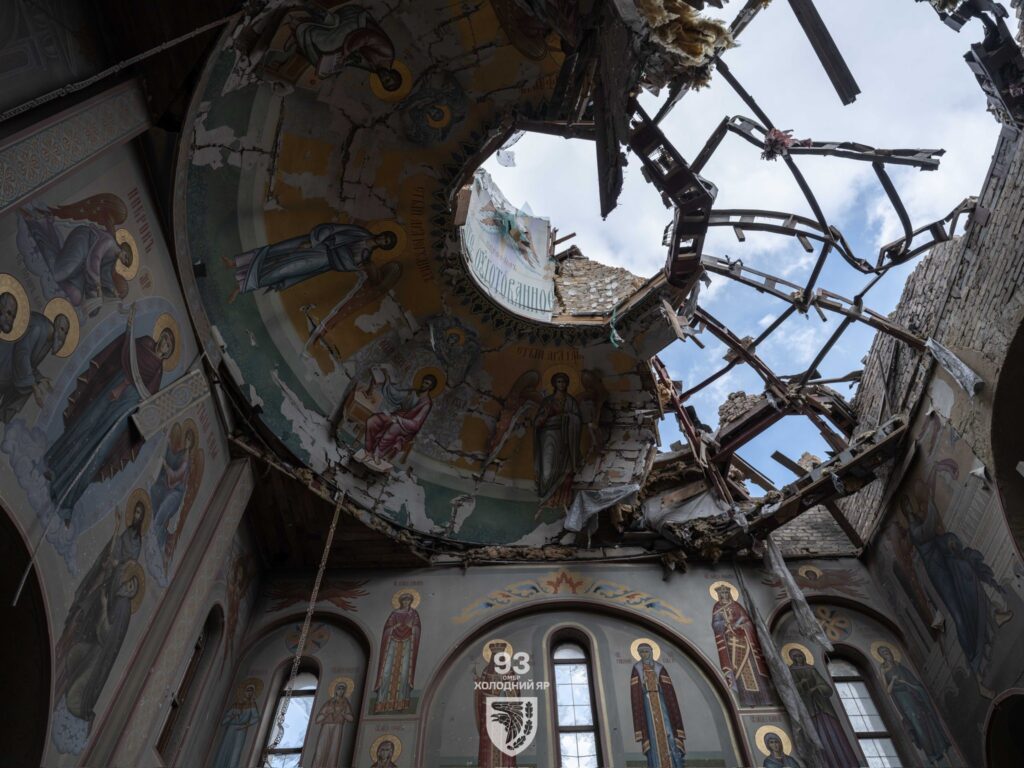
Between rubble and resolve
Kostyantynivka today is without gas, without postal service, and with only part of its pre-war population left. The city is not yet reduced to rubble, but it faces the same risk as Mariupol or Bakhmut if the assaults continue.
General Syrskyi insists that “the front is still holding,” and militarily that may be true. But for ordinary Ukrainians still in Kostyantynivka—living without utilities, services, or certainty—such statements feel distant from their daily reality.
What Russia presents as a path to “peace” already looks different on the ground: damaged homes, disrupted services, and families leaving under fire. Reports on Ukrainian military-linked Telegram channels now place Russian units within about 5 km of the city—evidence that Kostyantynivka has not fallen, but stands on the edge.
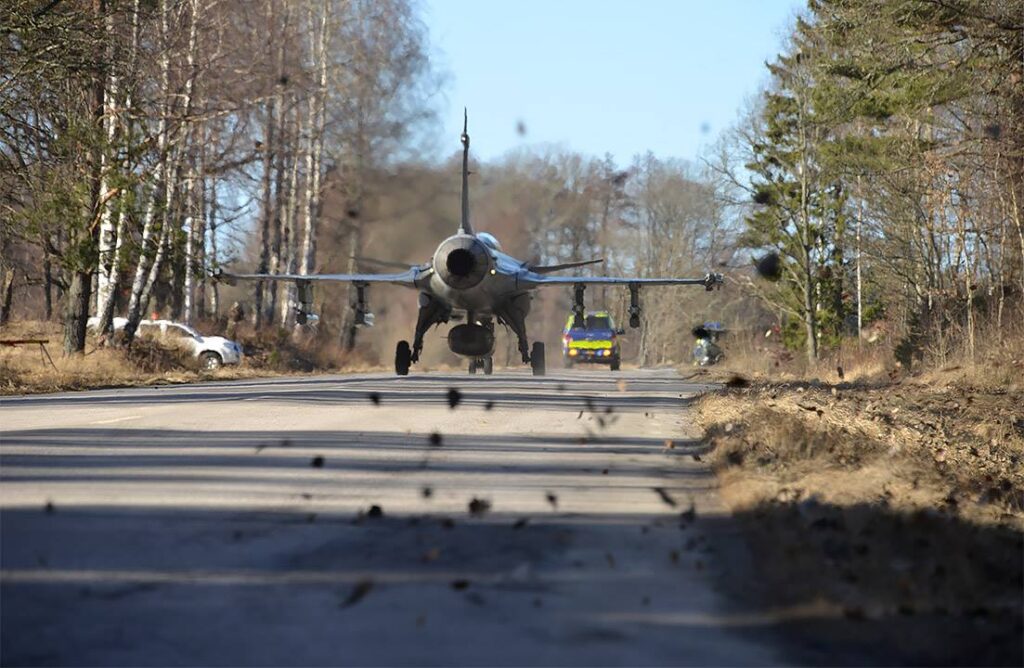

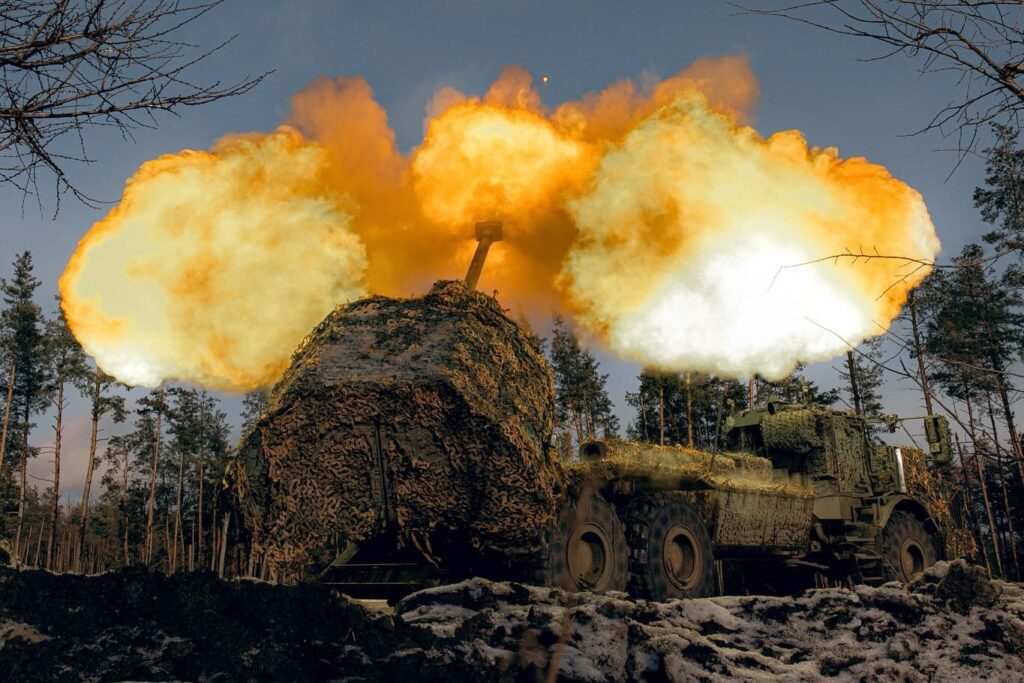
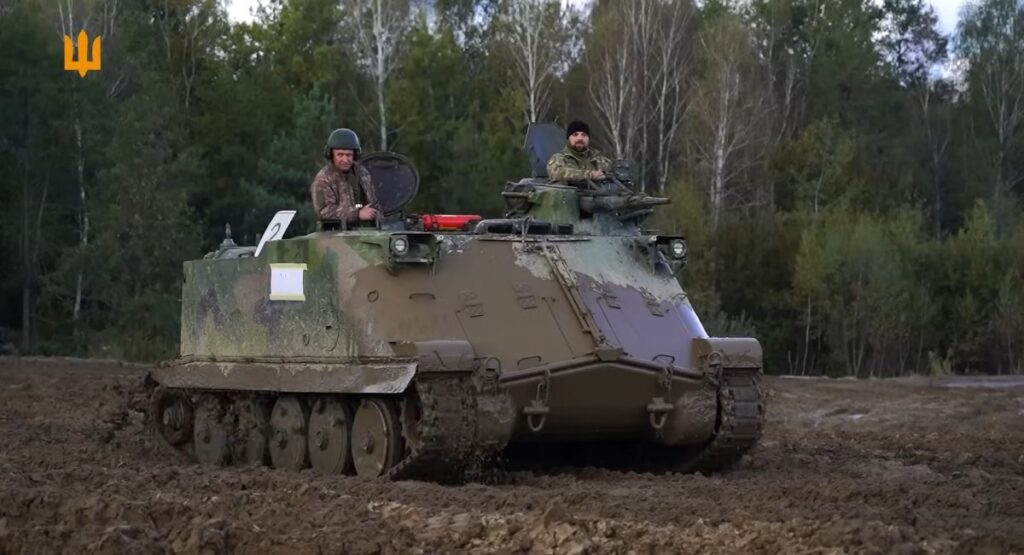
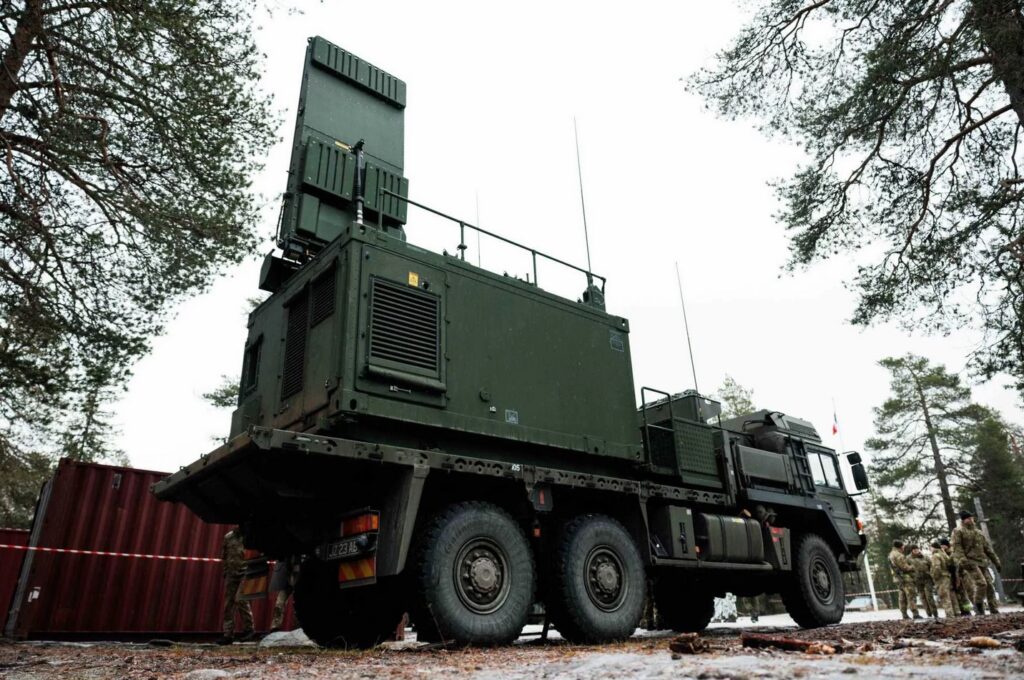
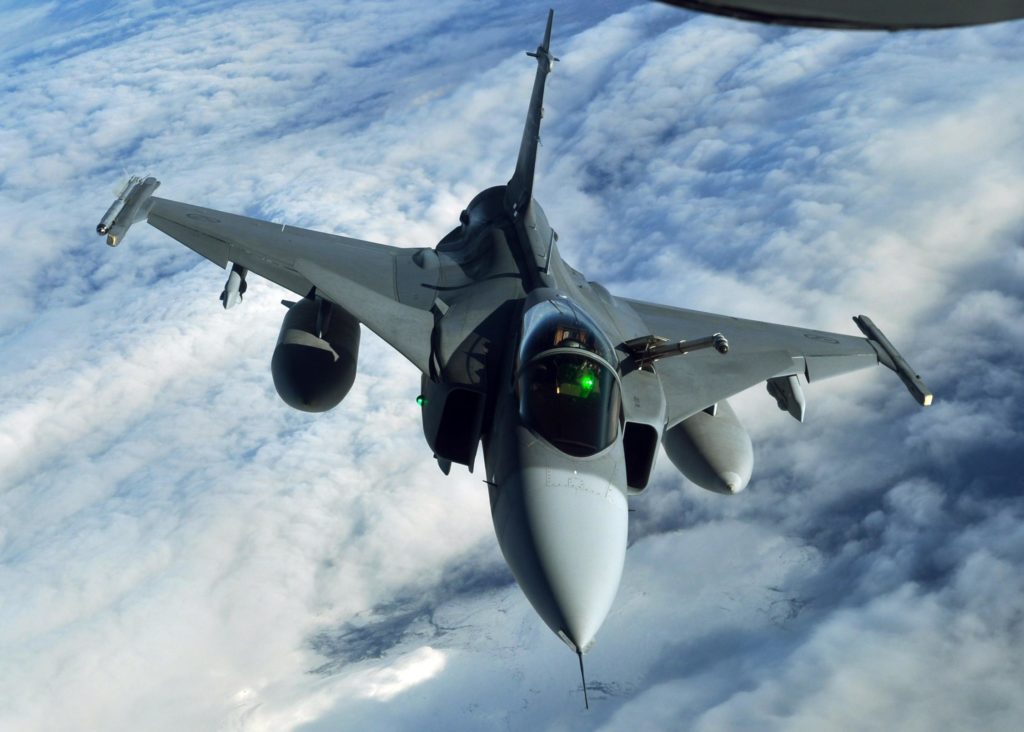
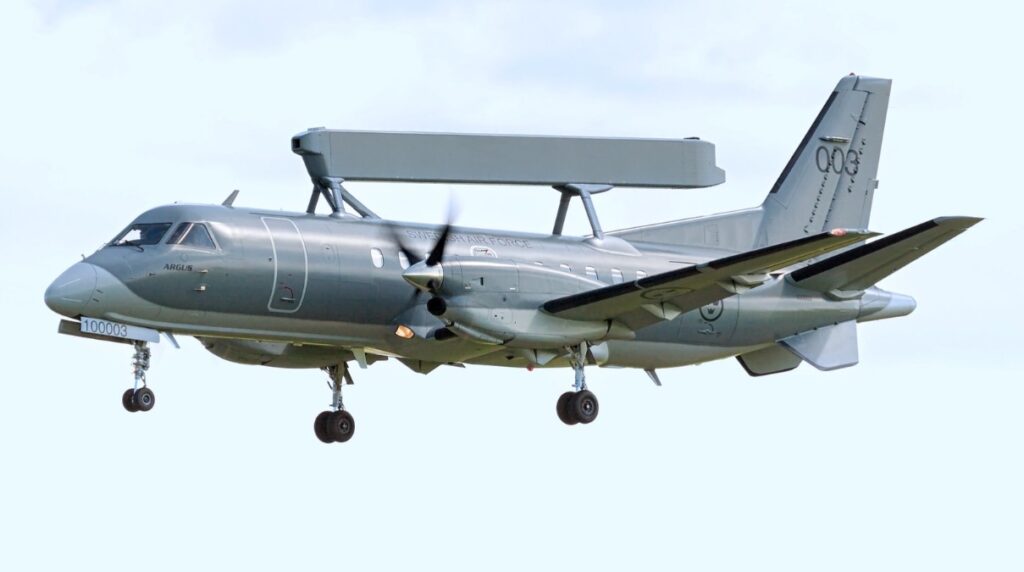
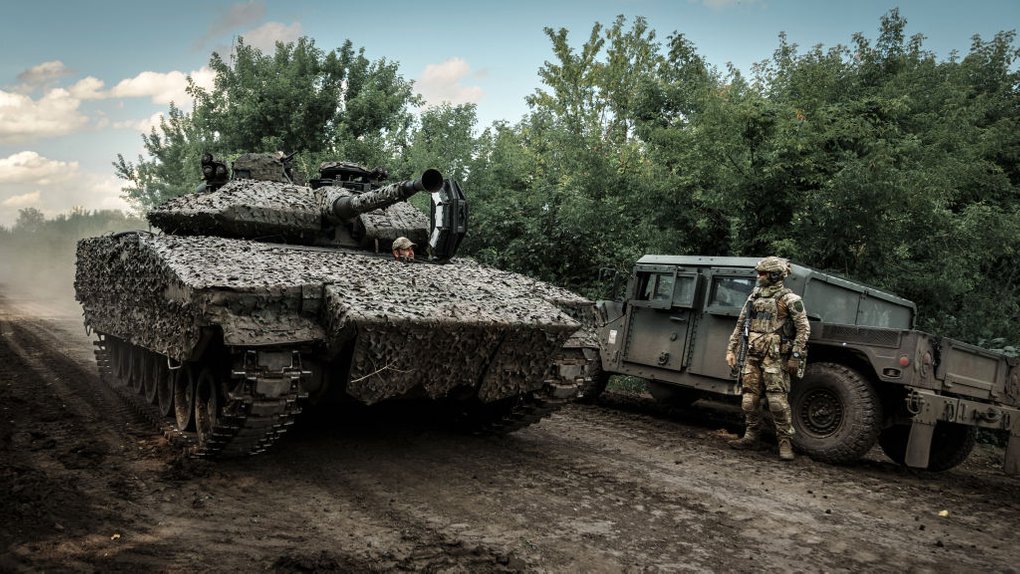
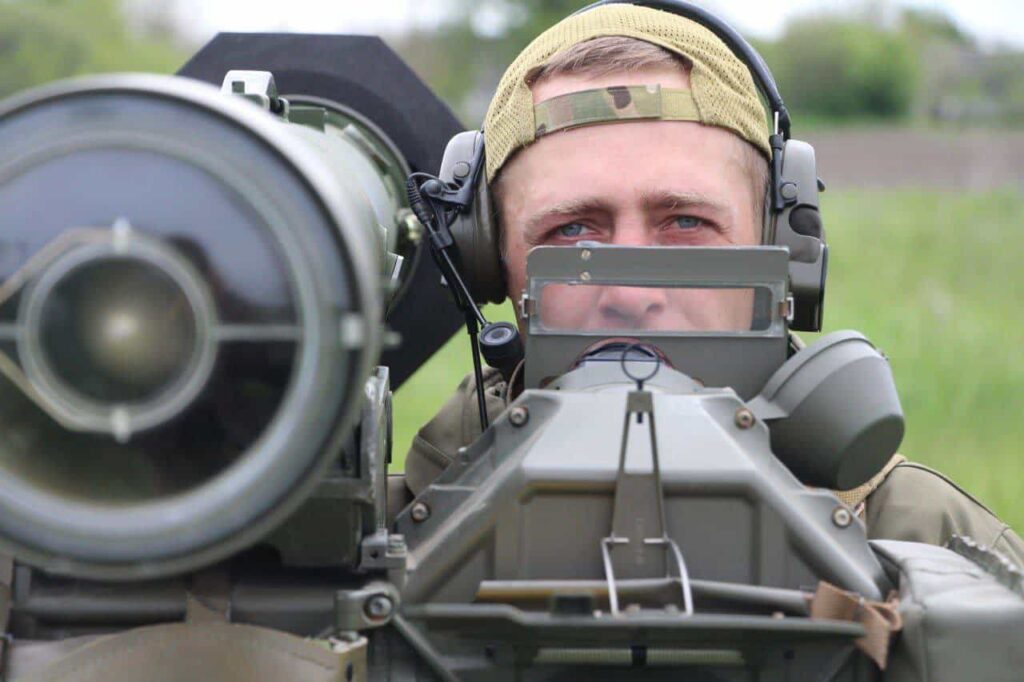
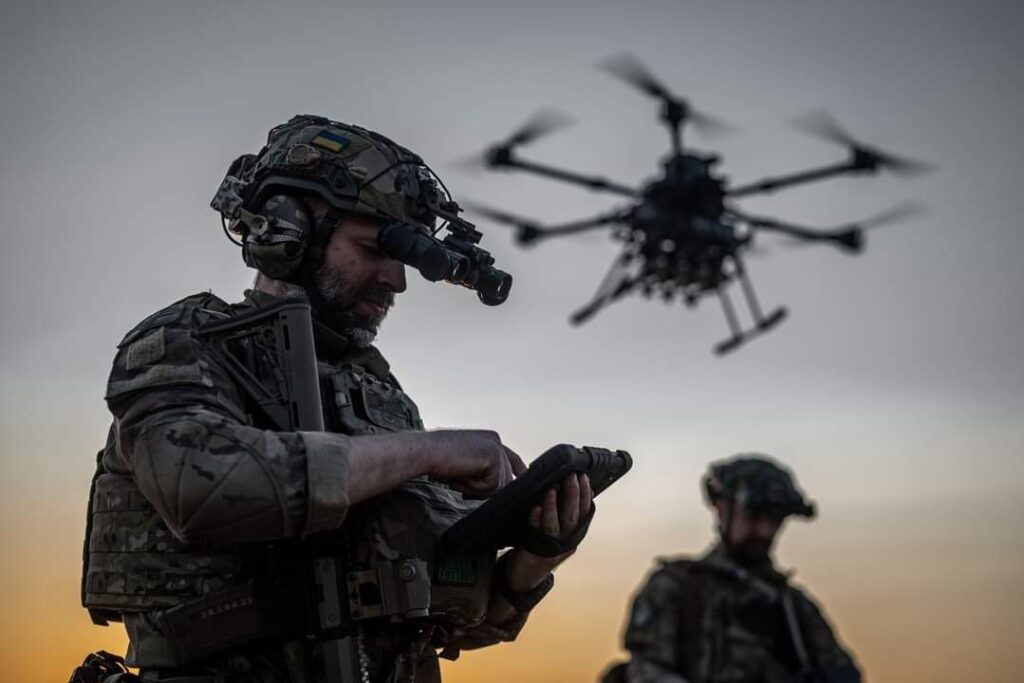
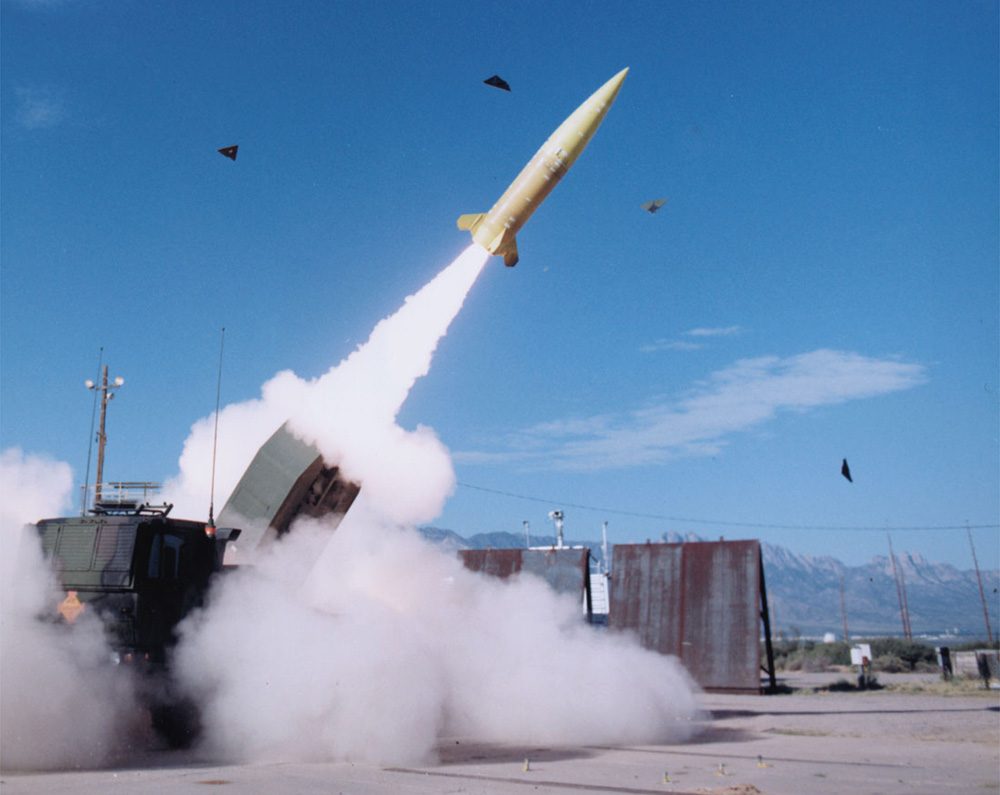



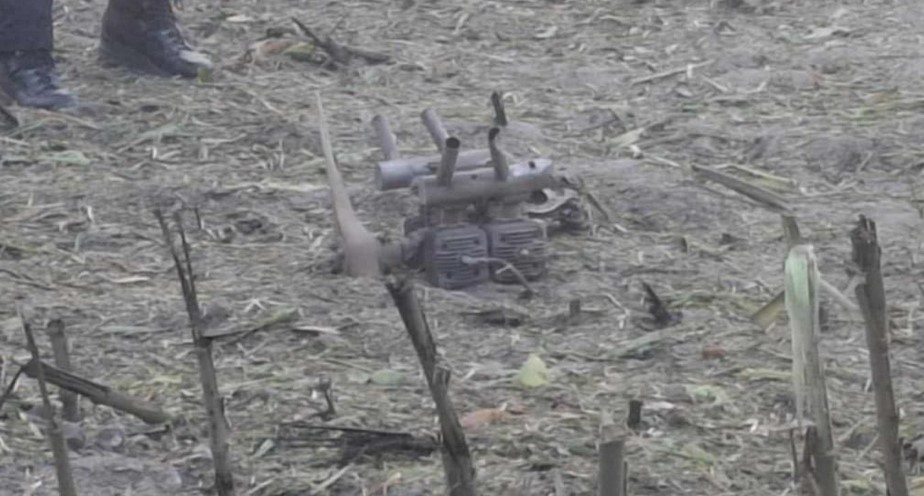
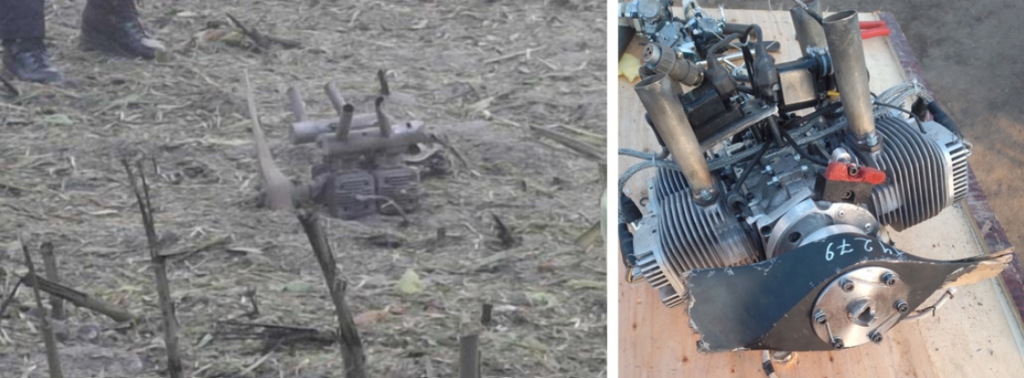
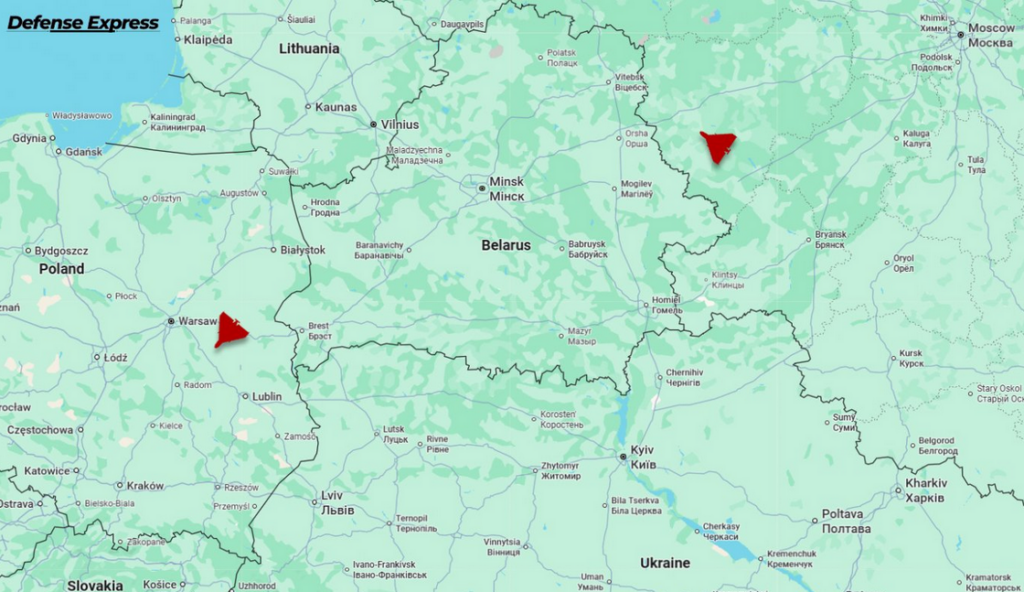
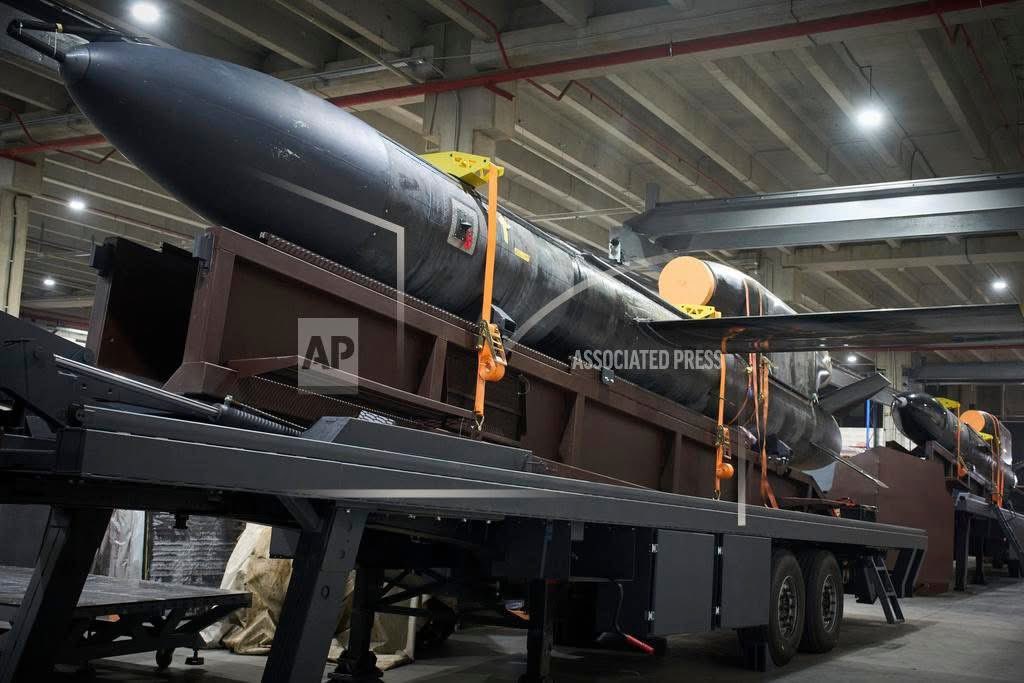
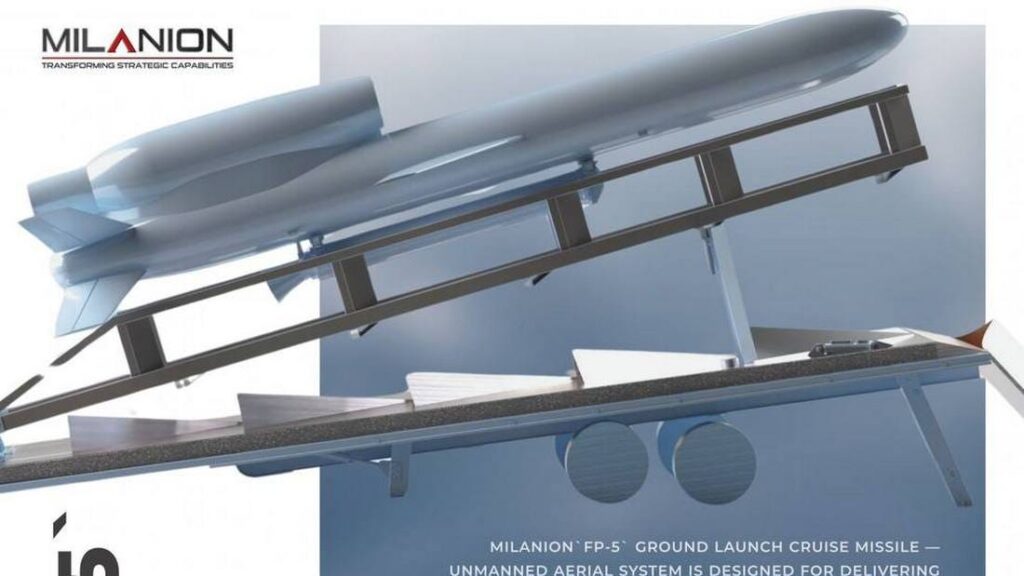
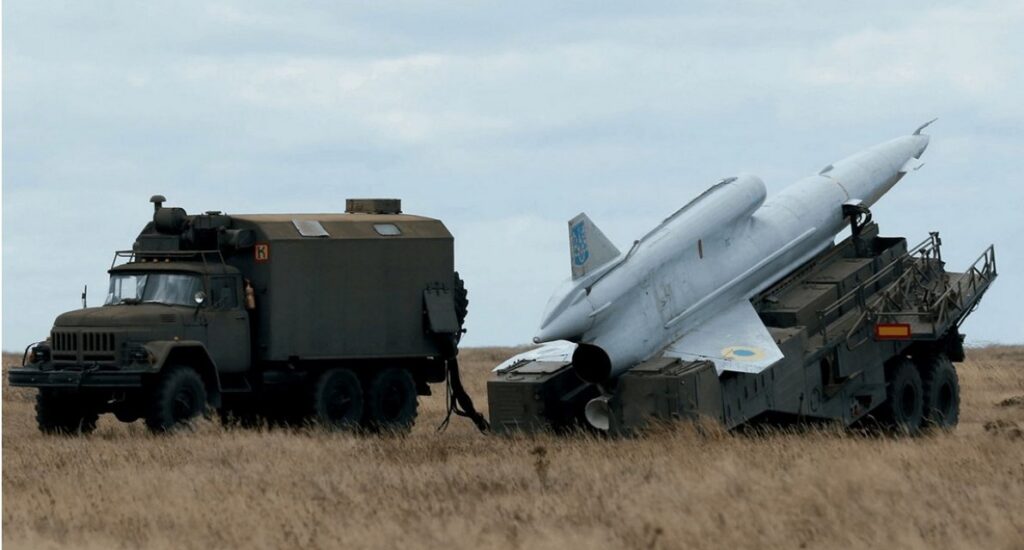
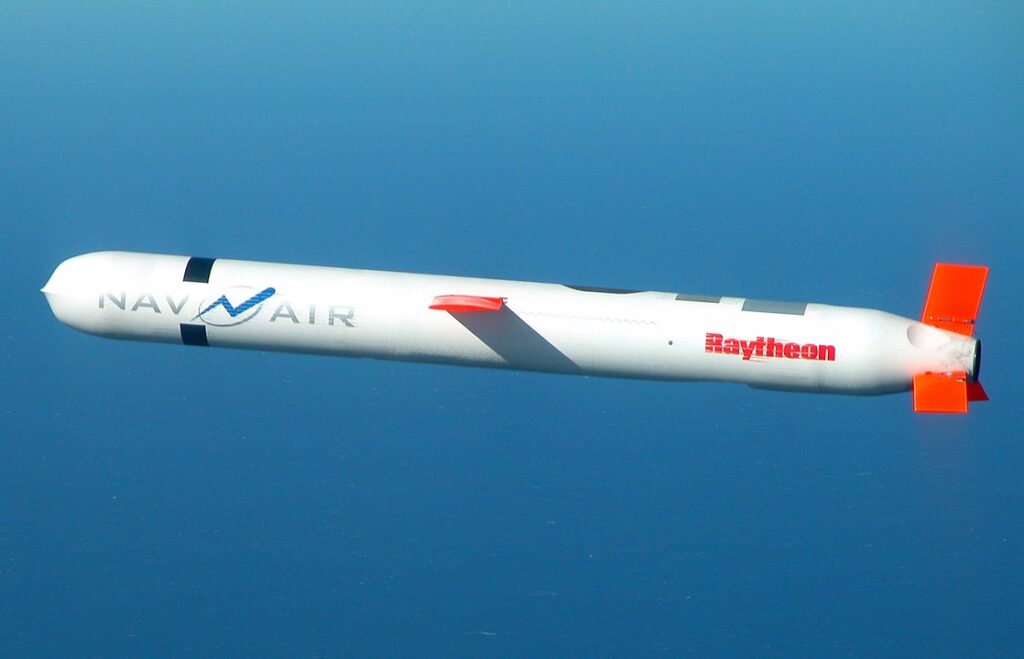





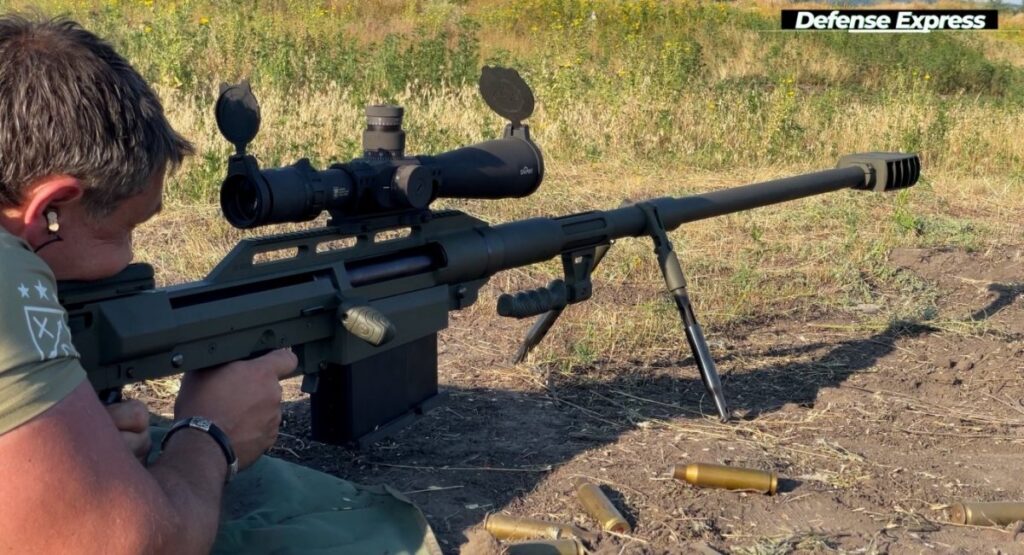
 2 Russian soldiers fell instantly.
2 Russian soldiers fell instantly.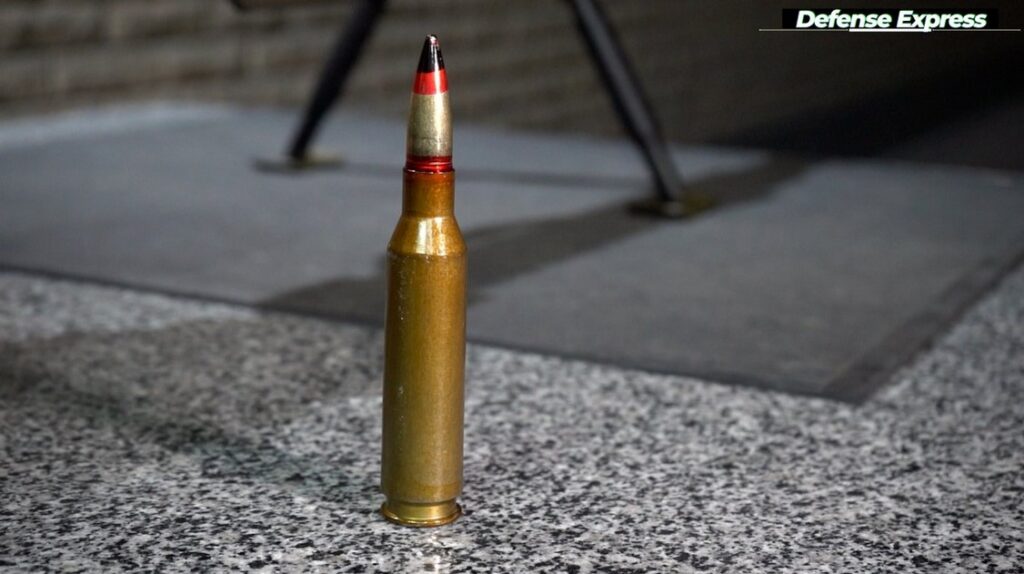
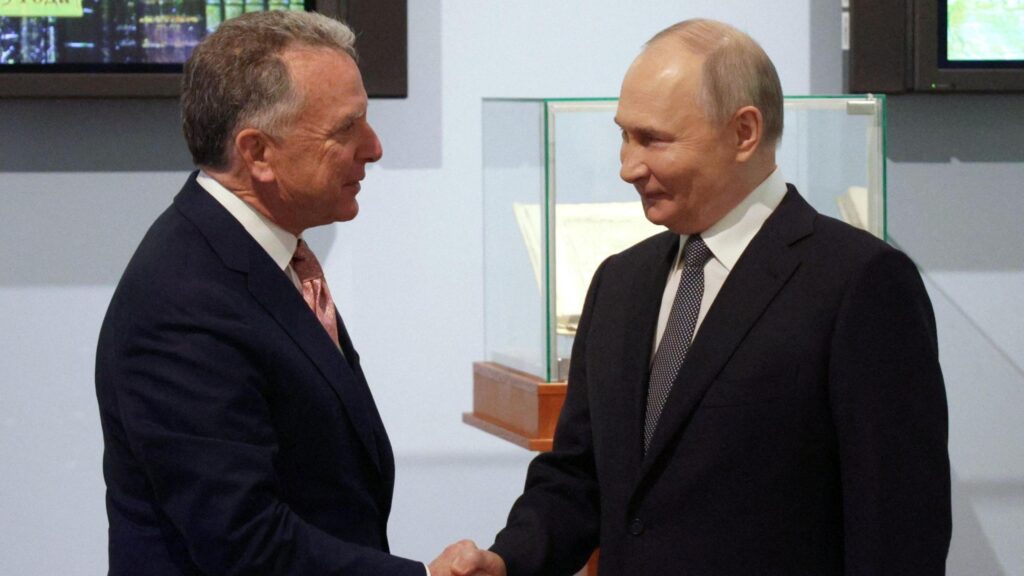

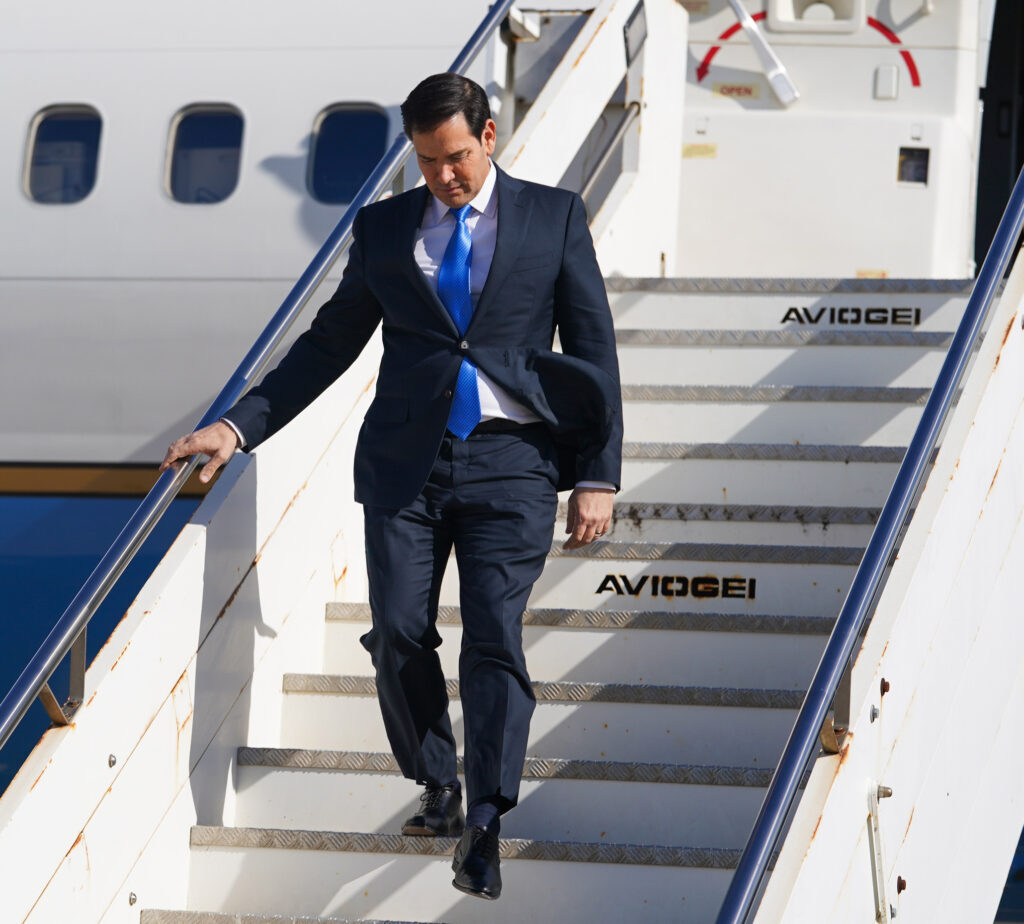

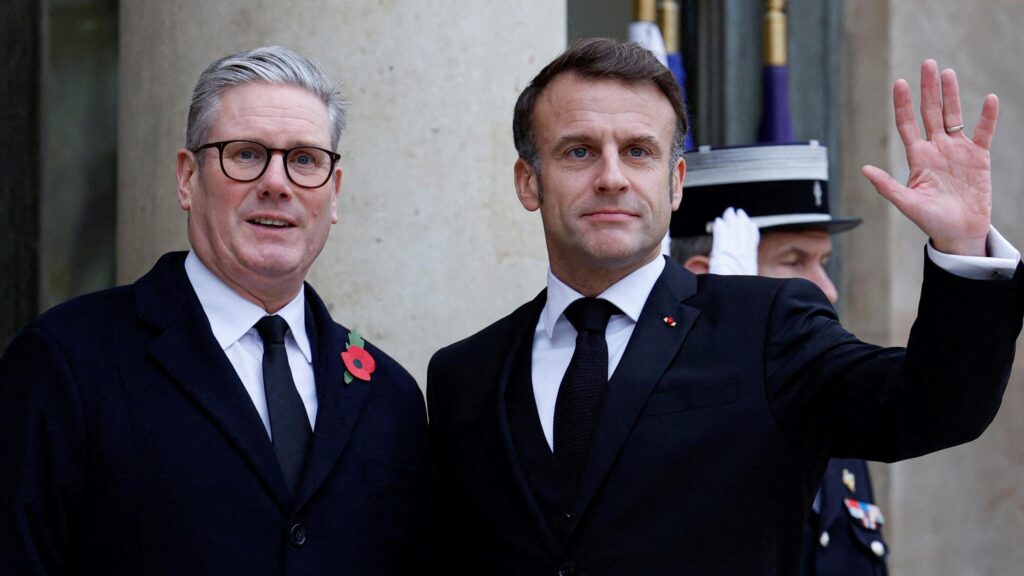

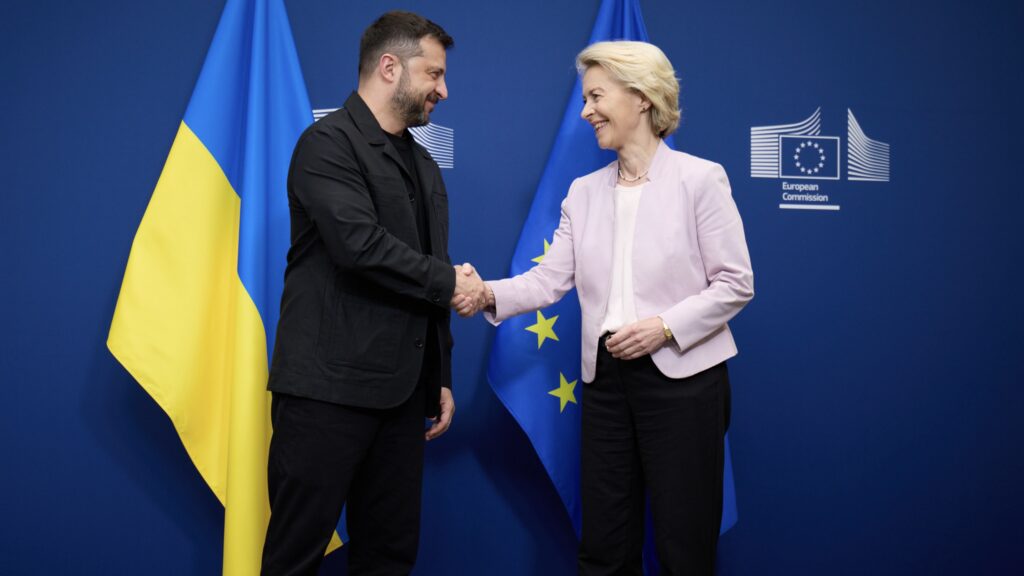
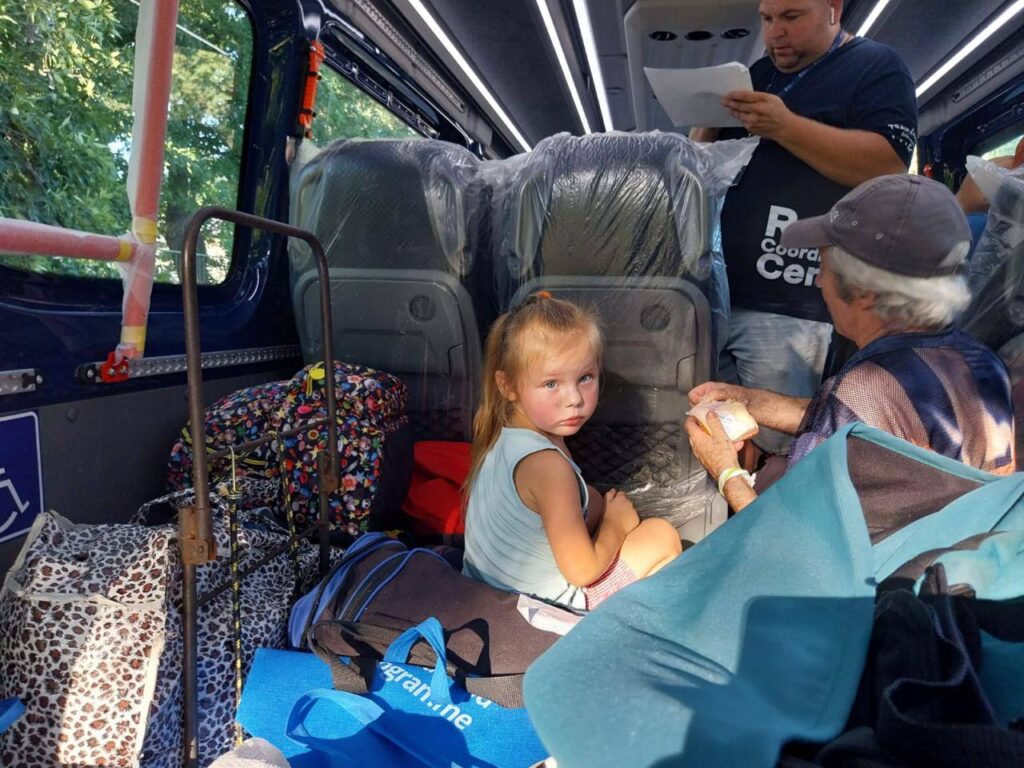
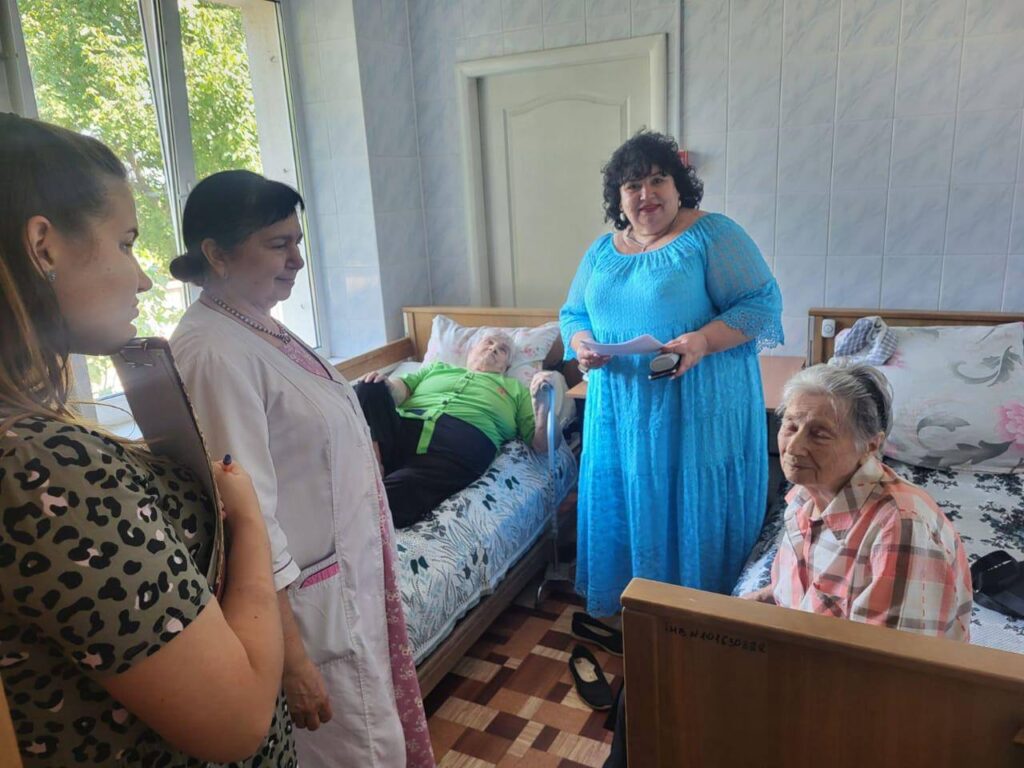
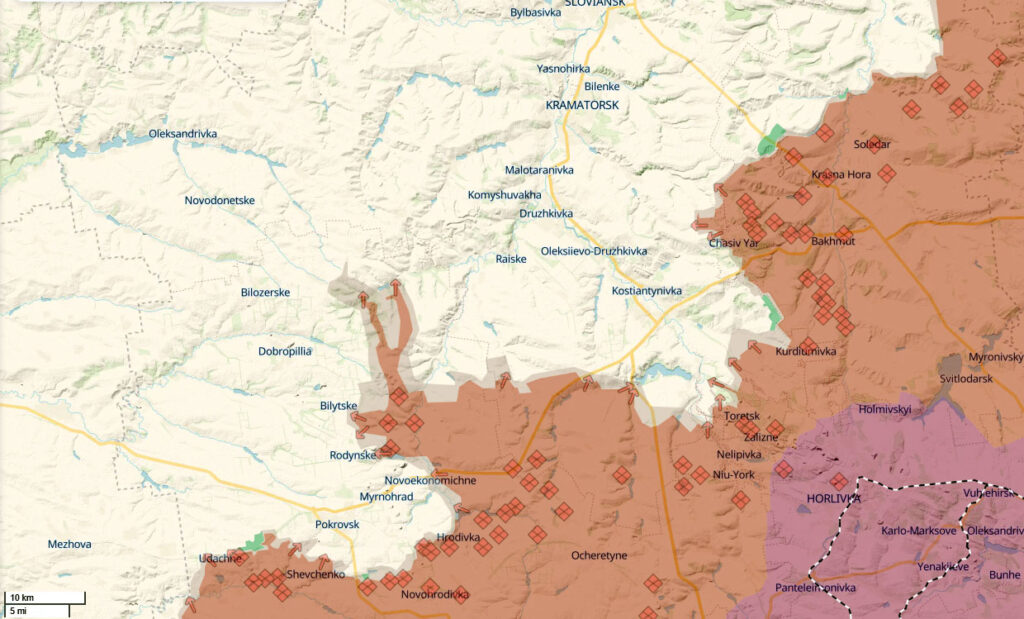
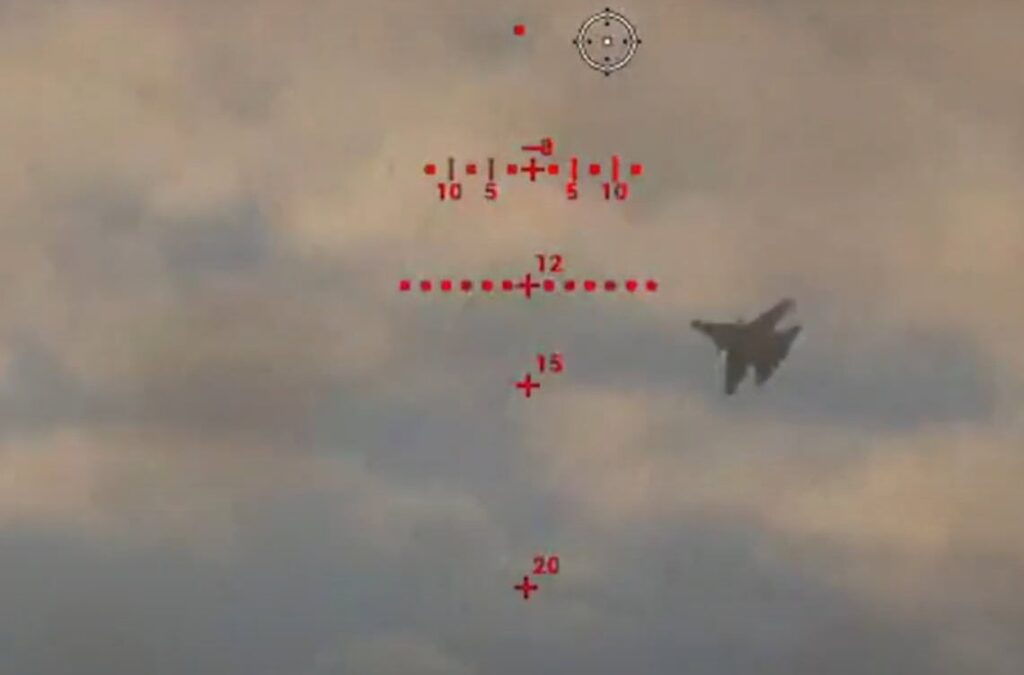



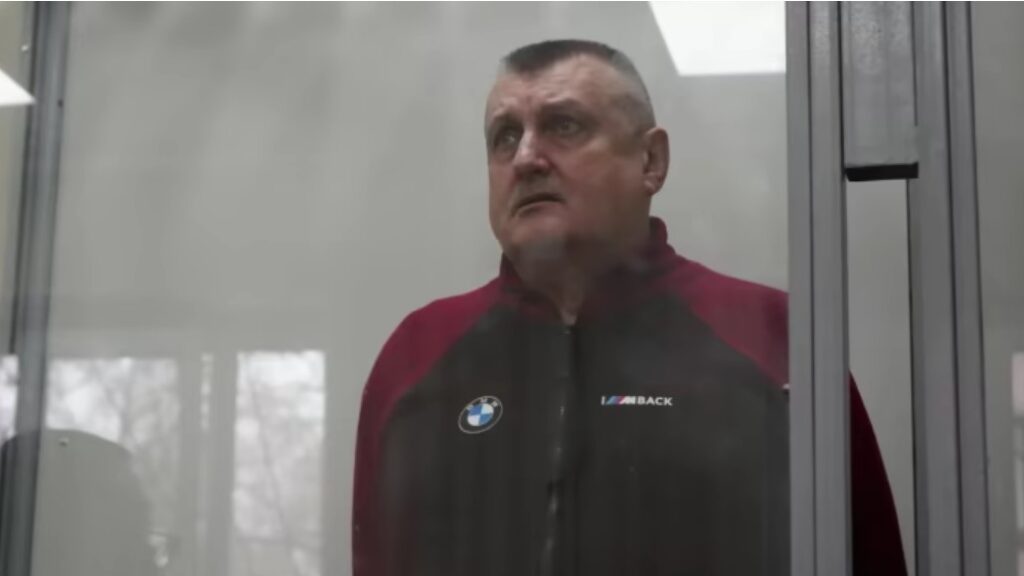
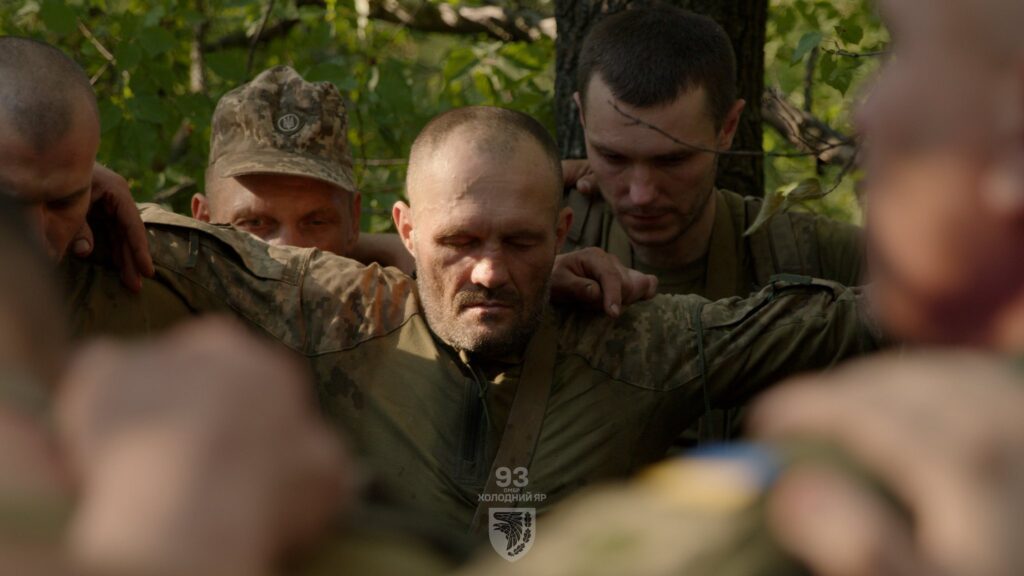
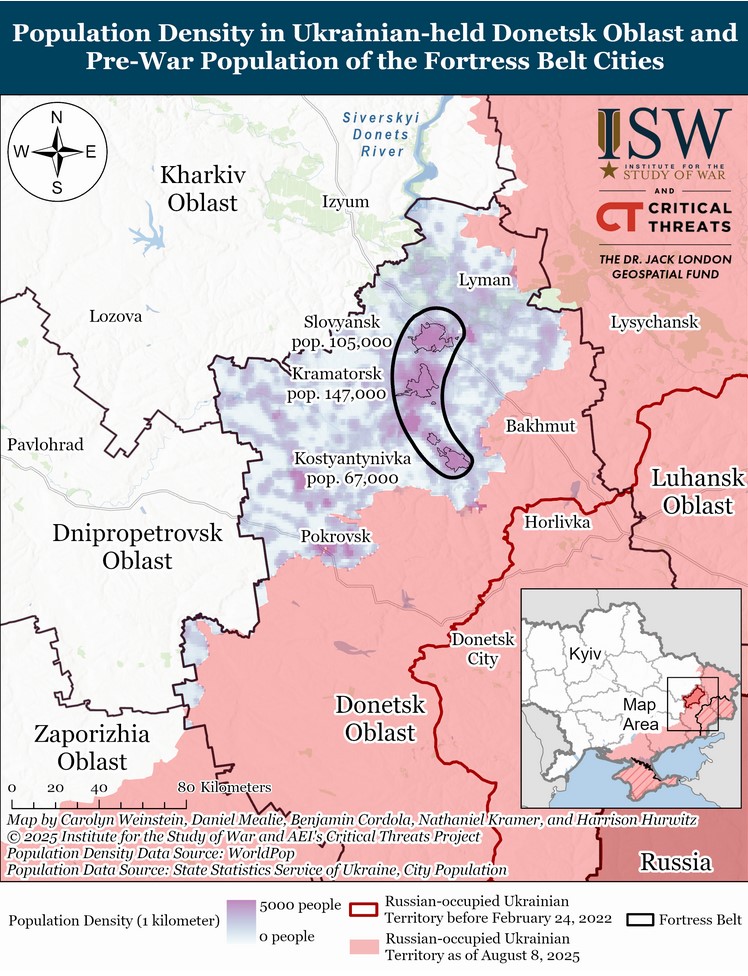
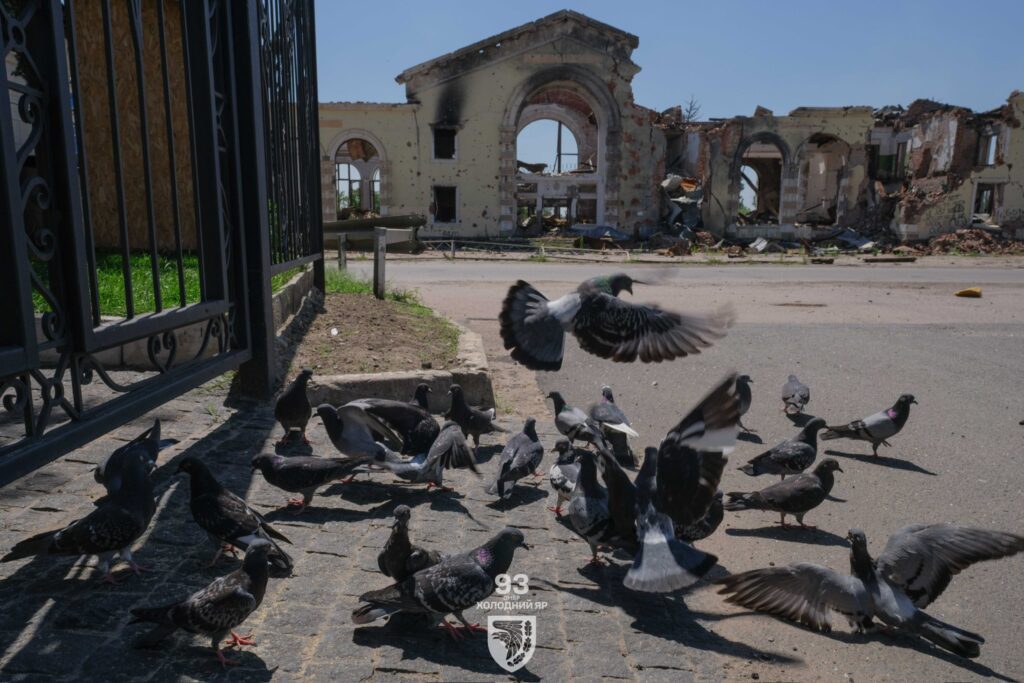


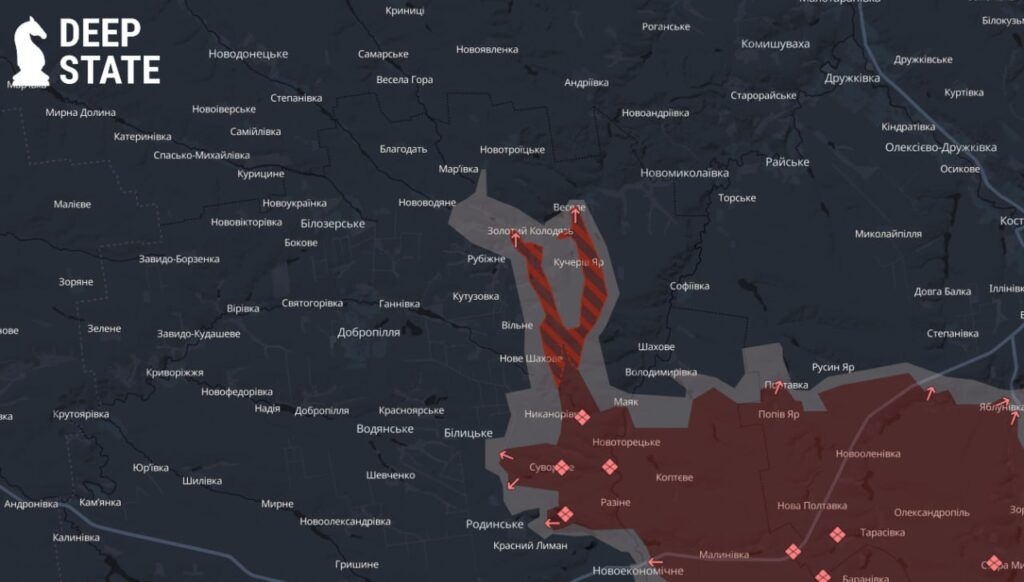
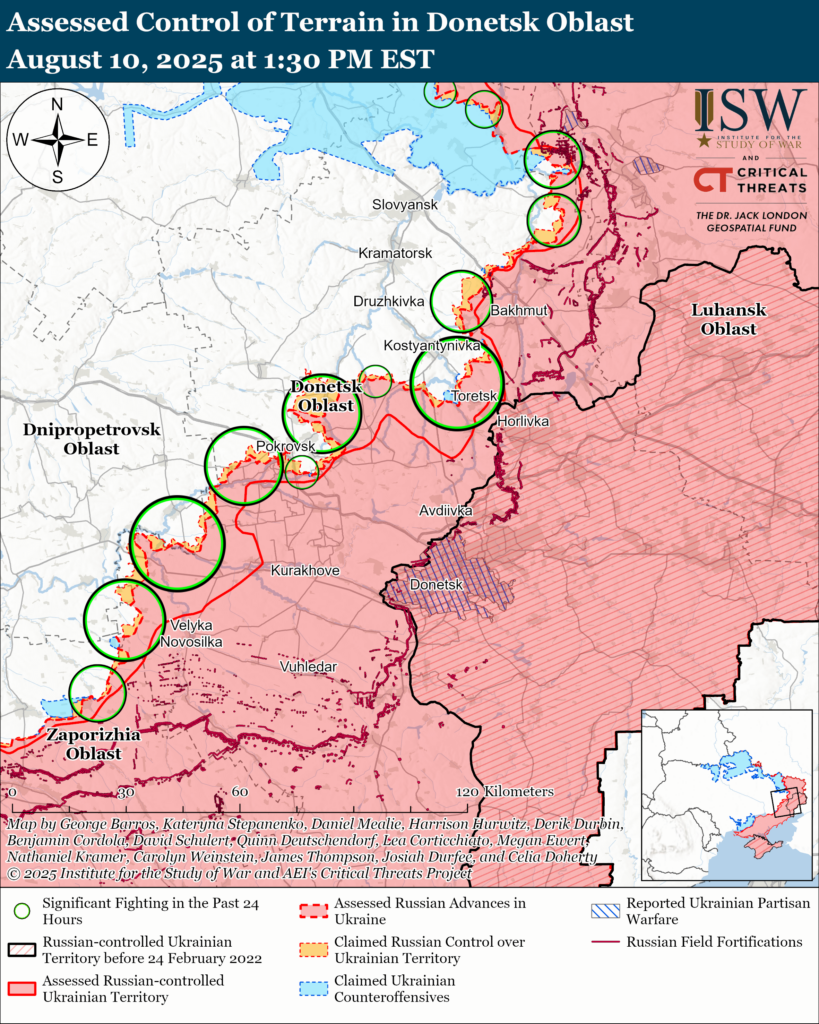

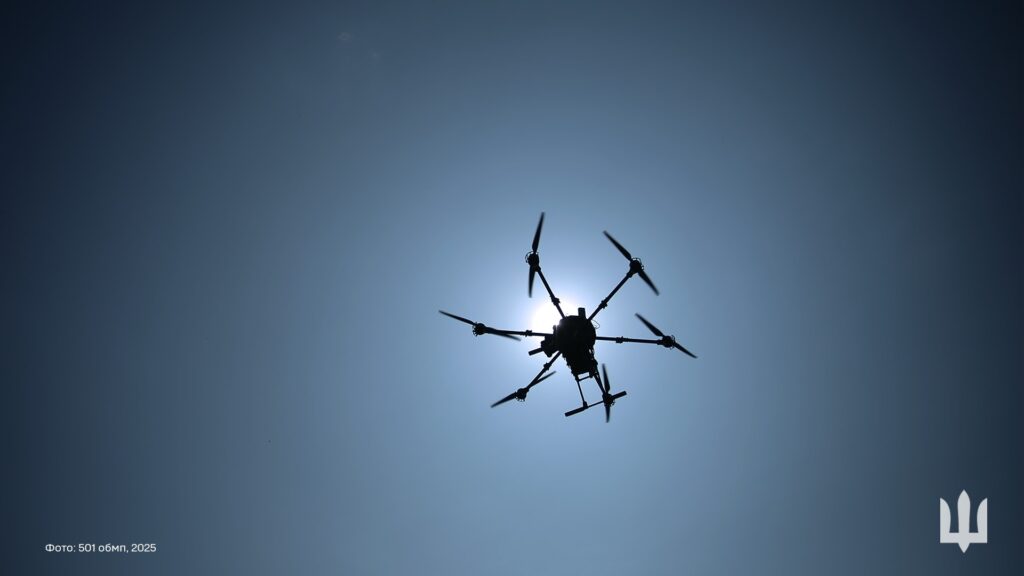
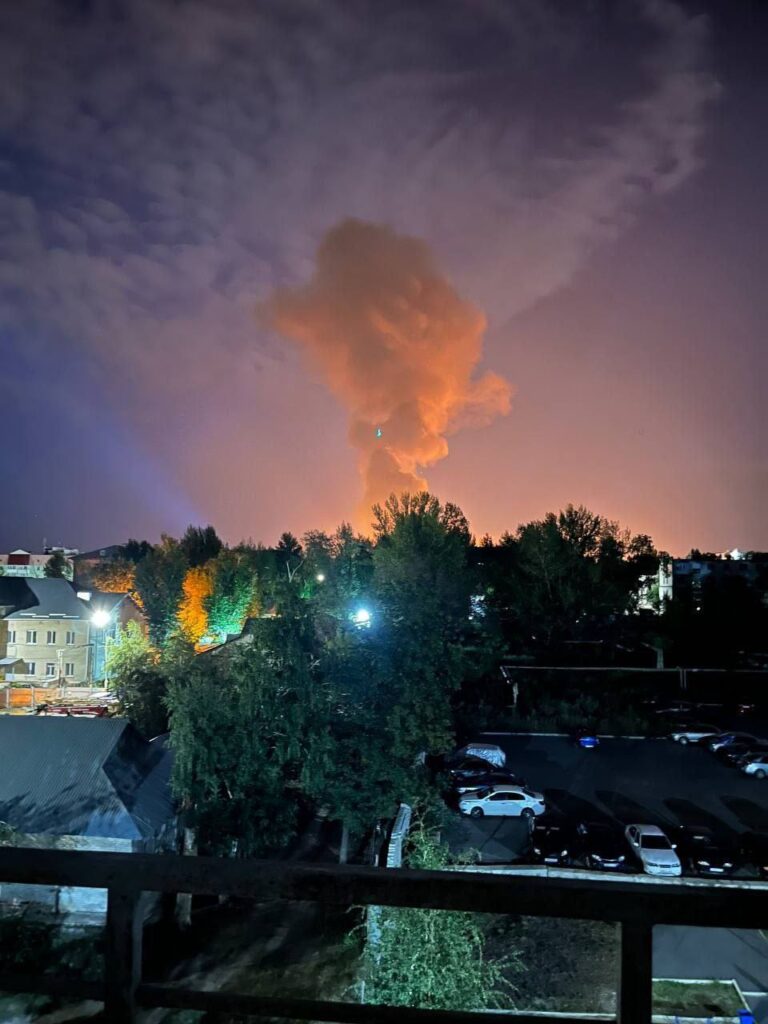

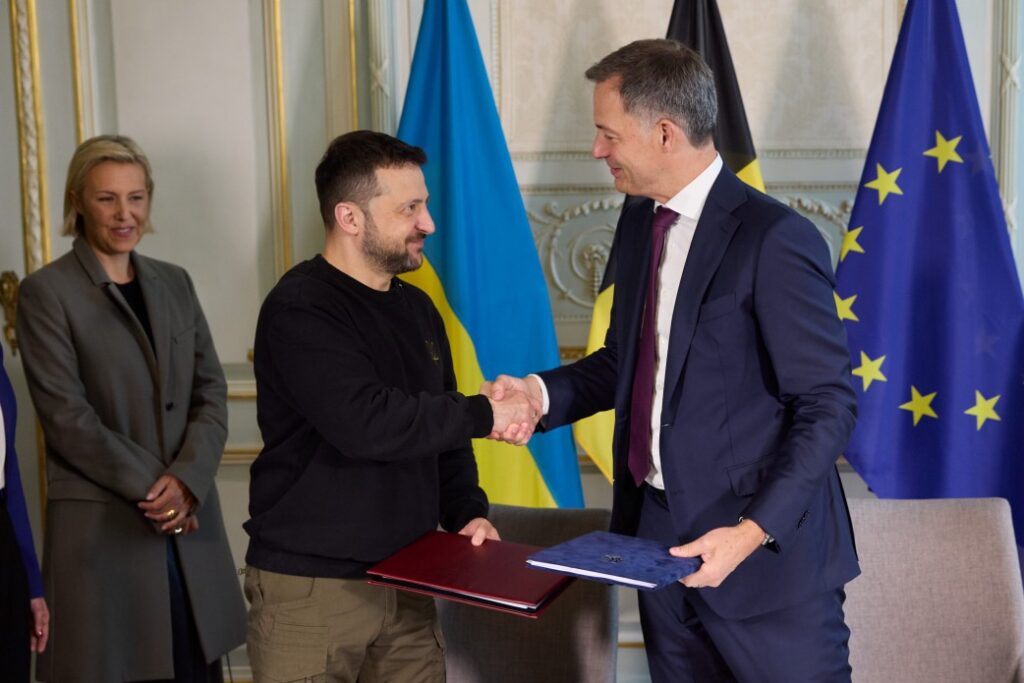
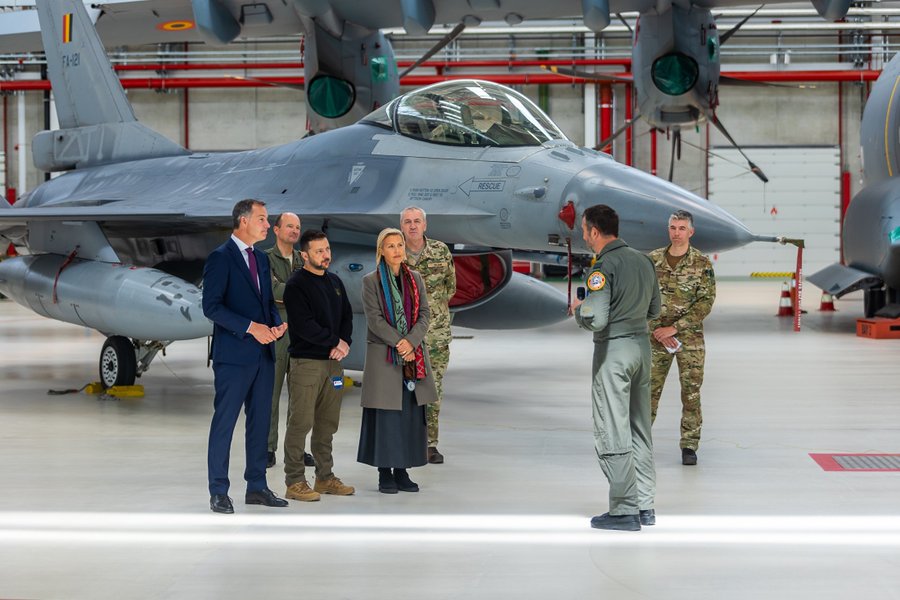
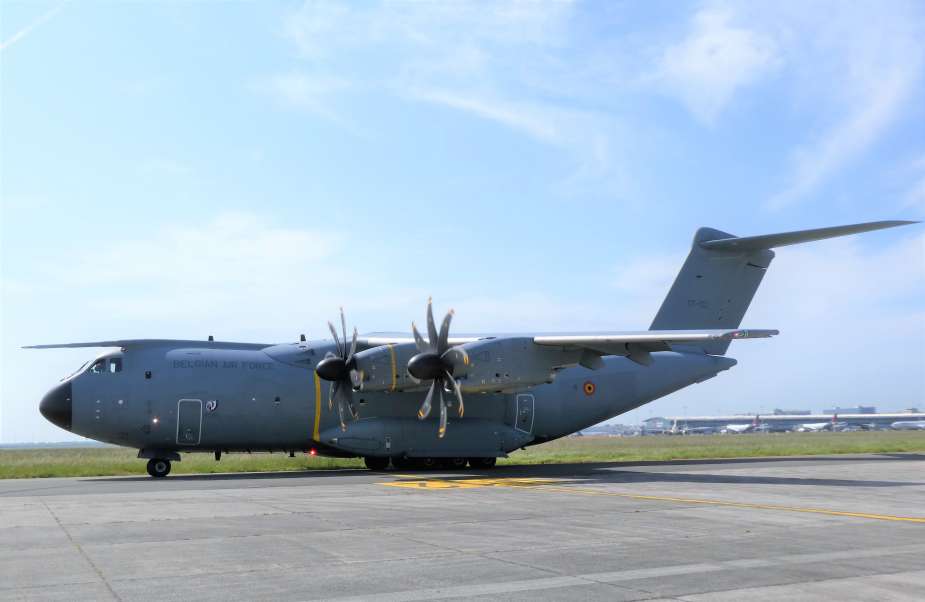
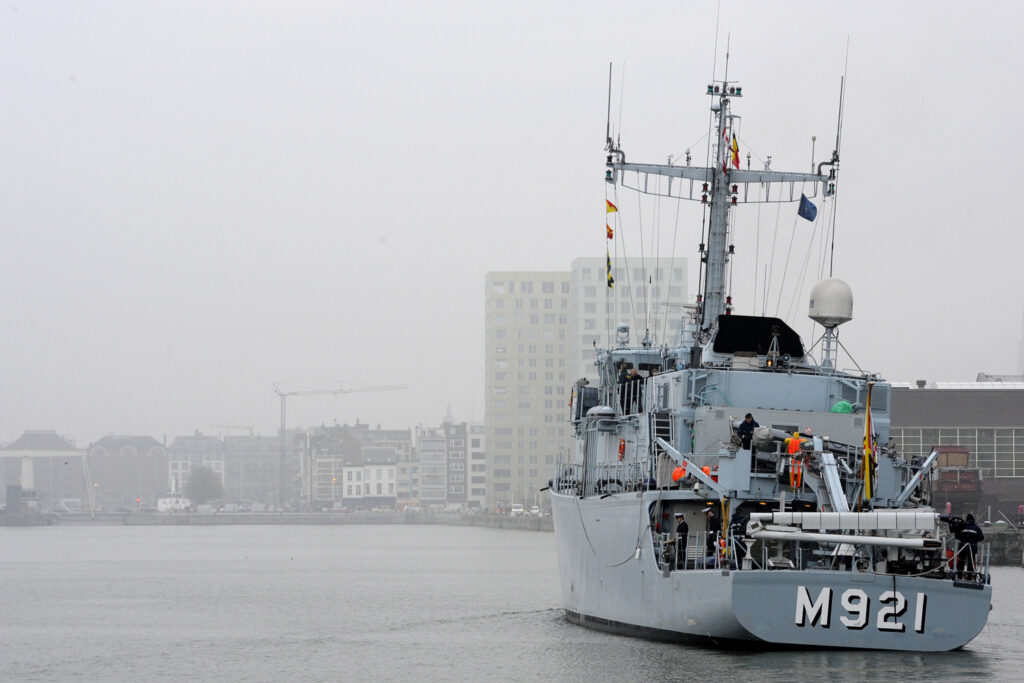
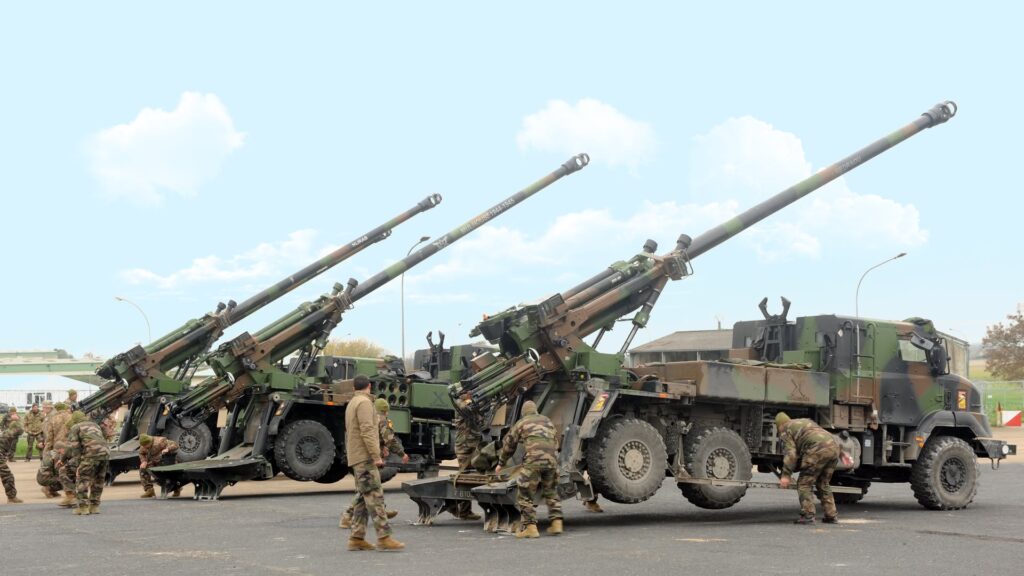
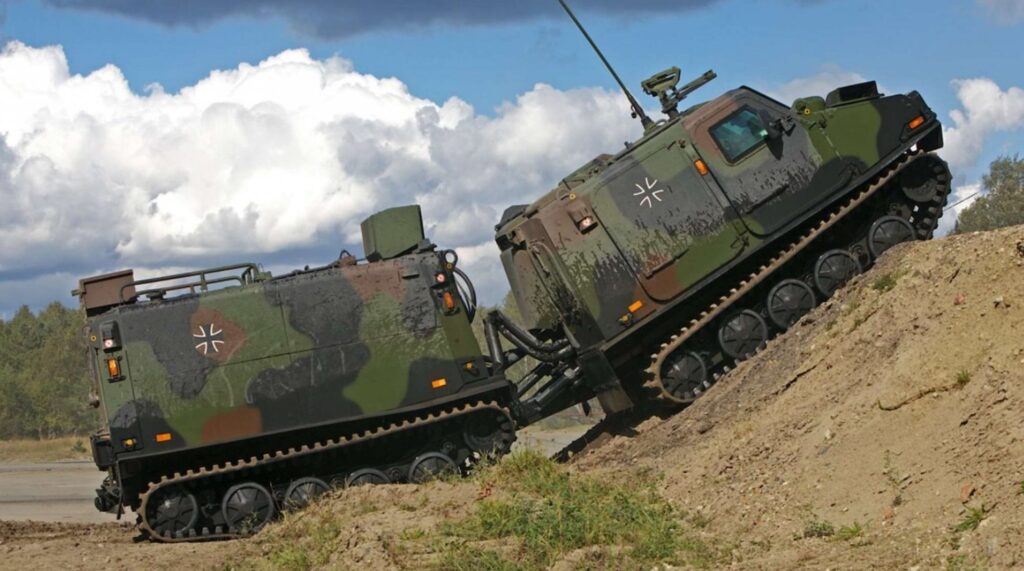

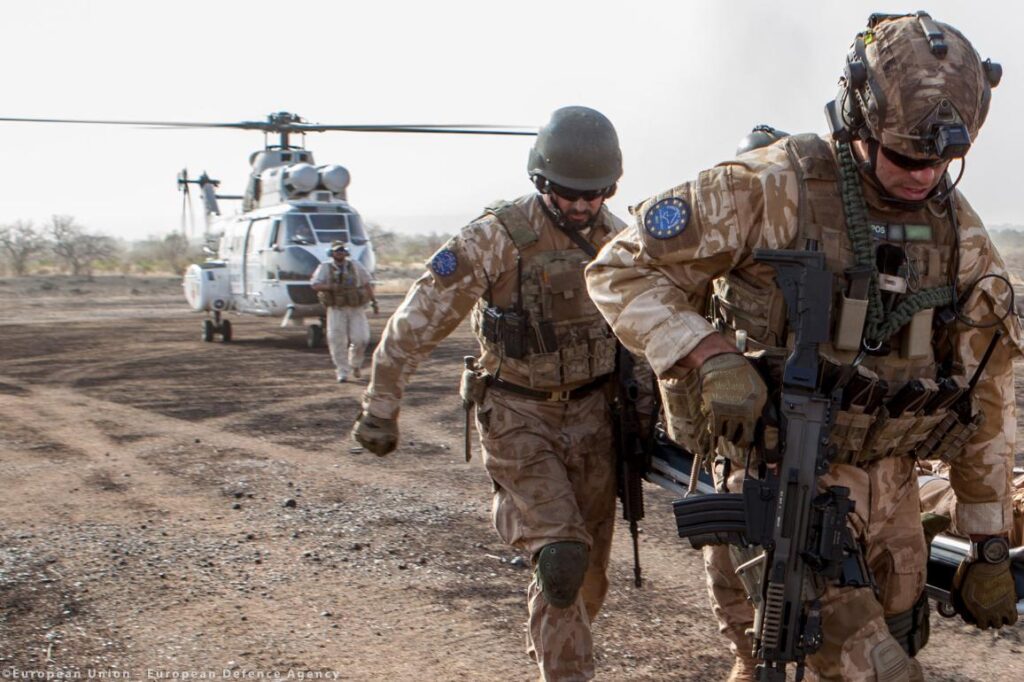
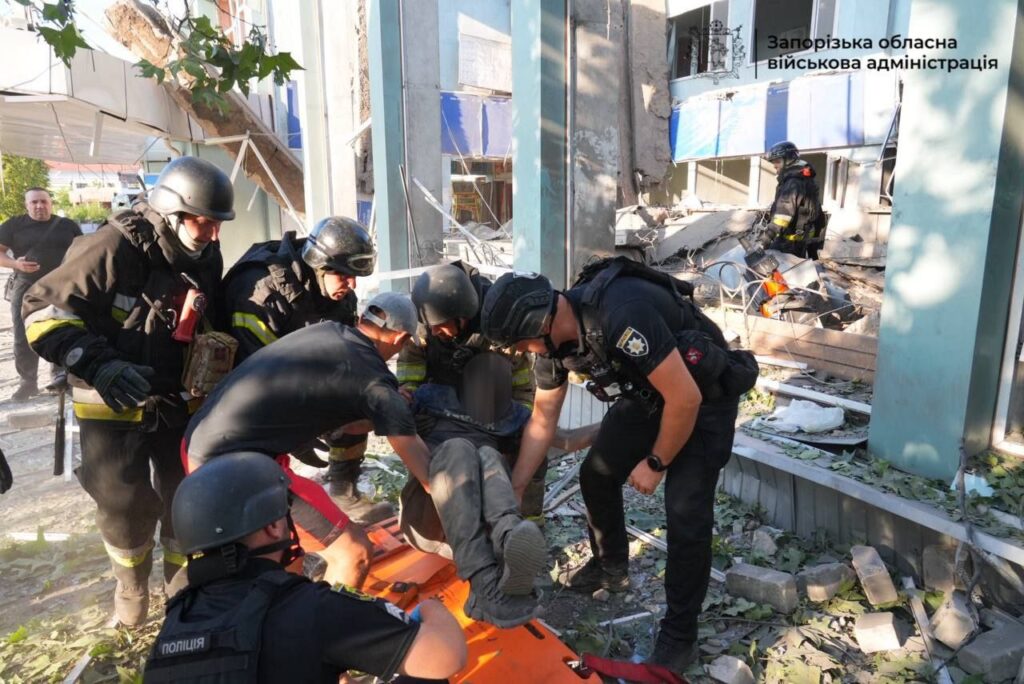
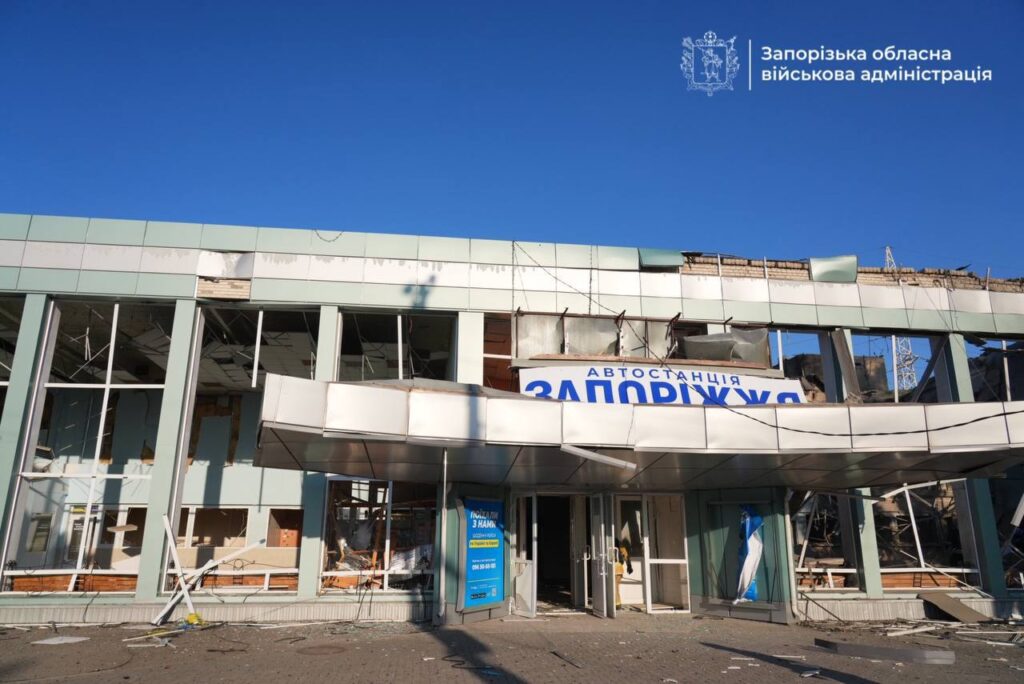




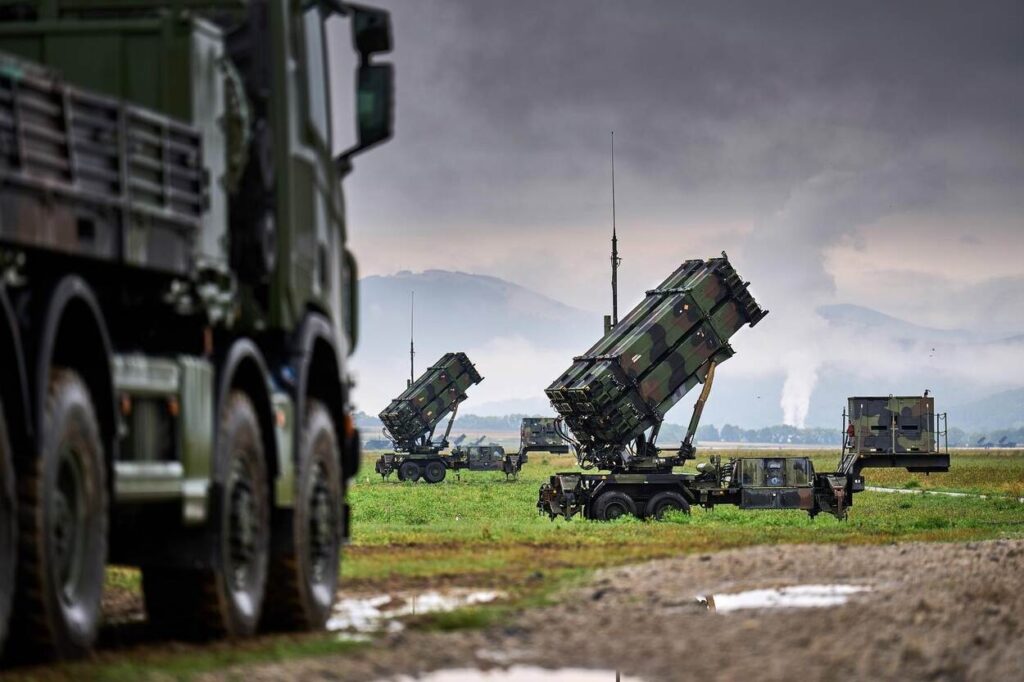

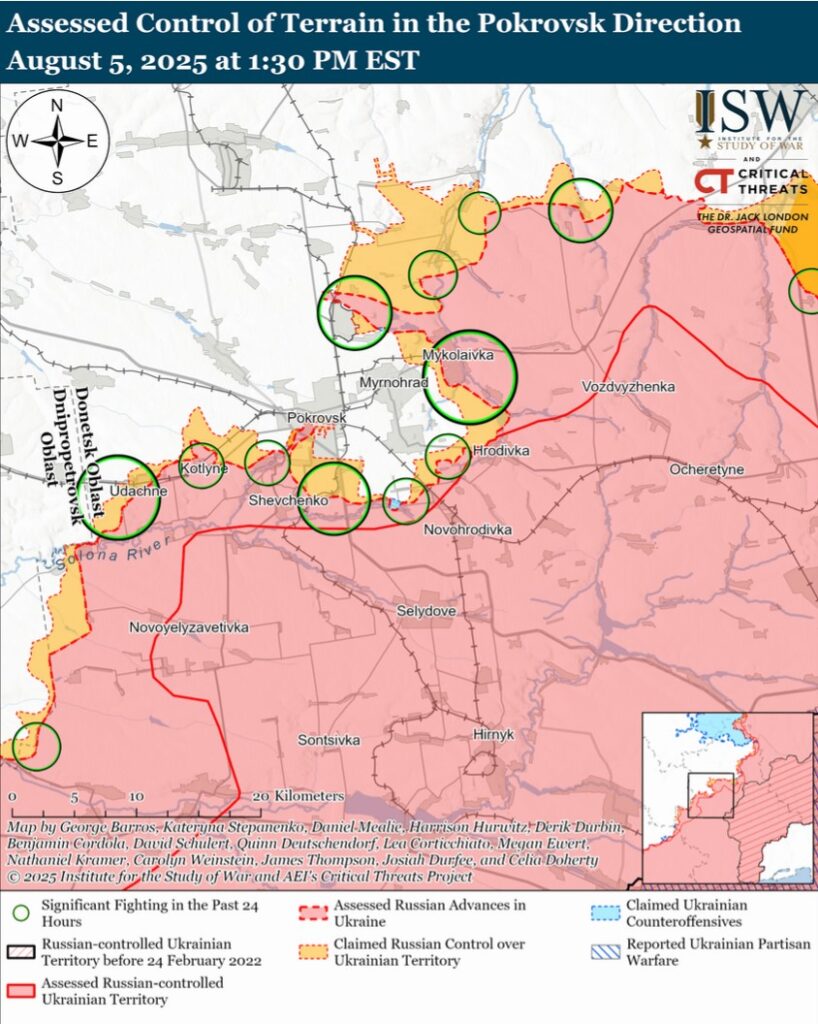

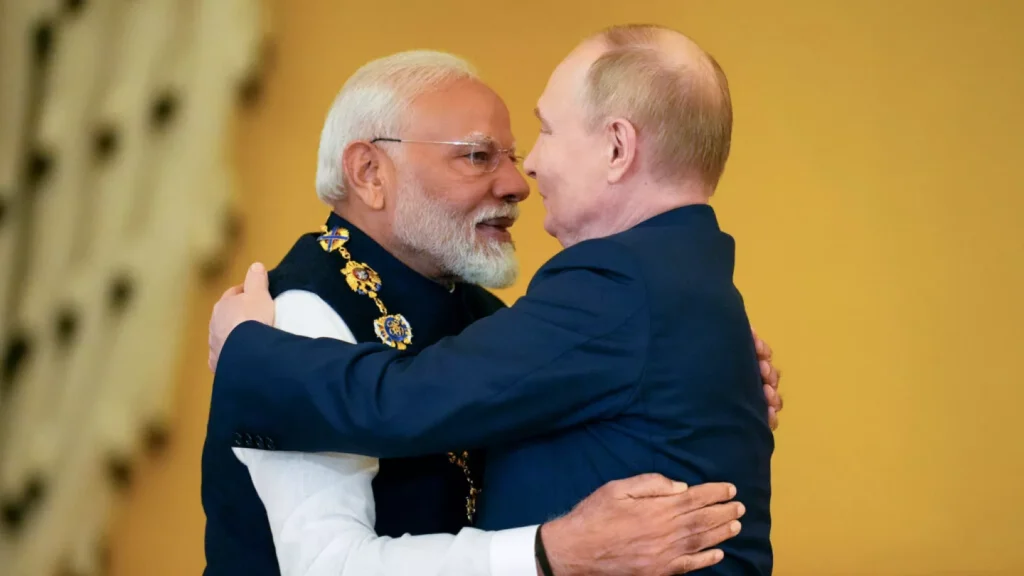
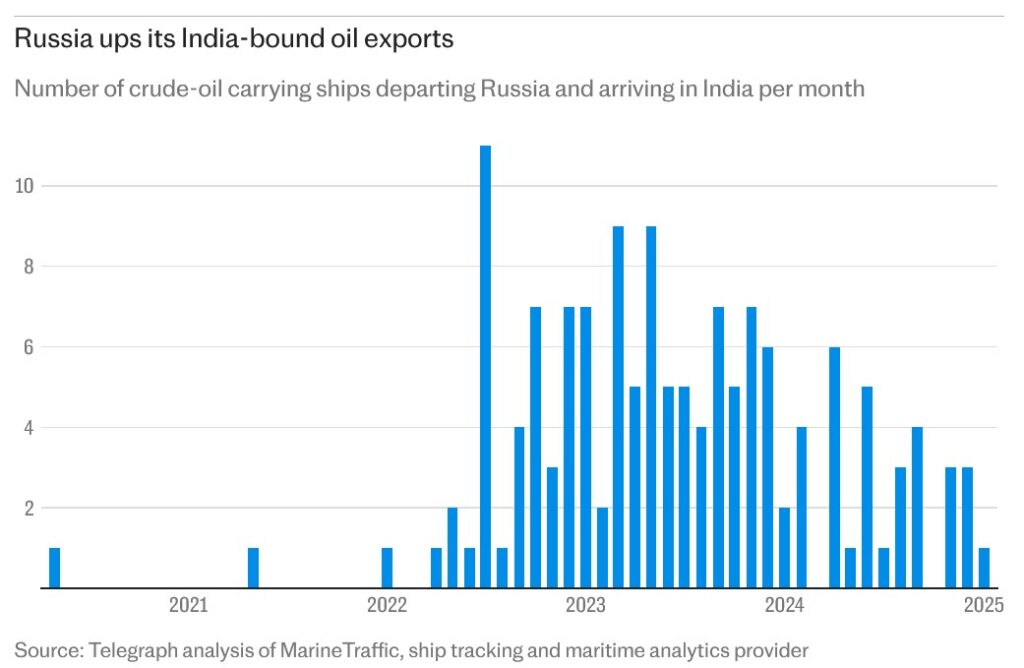

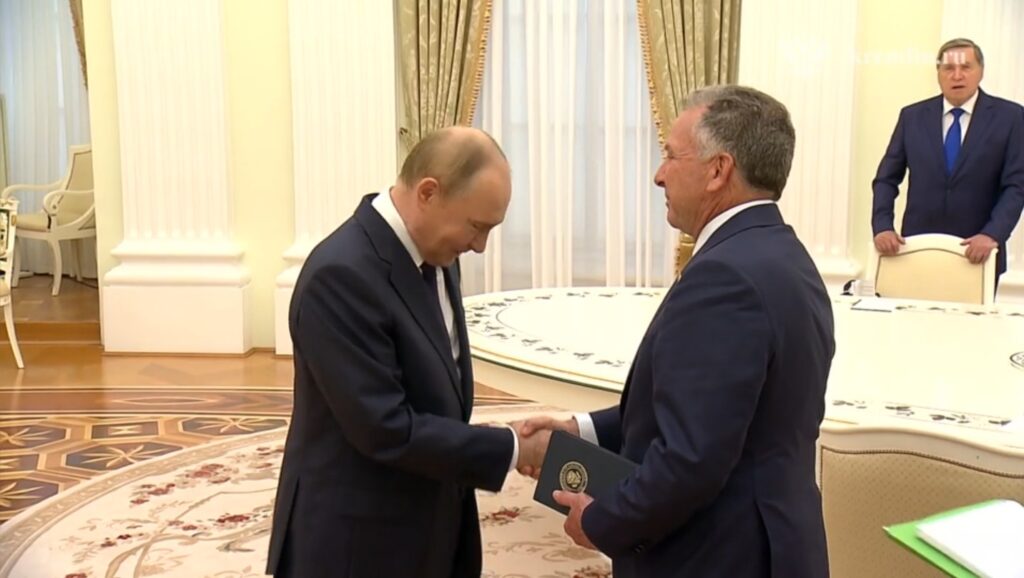

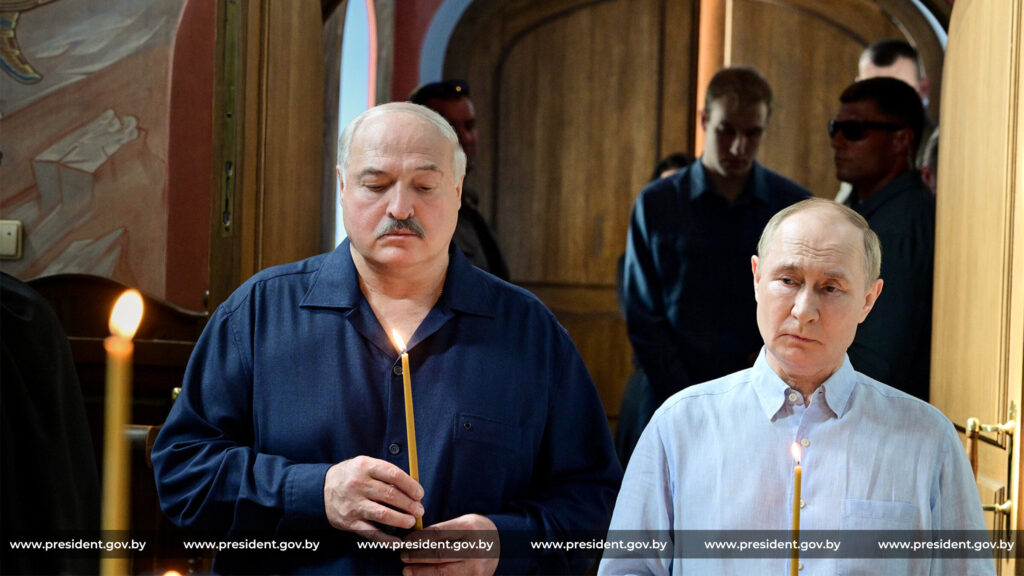
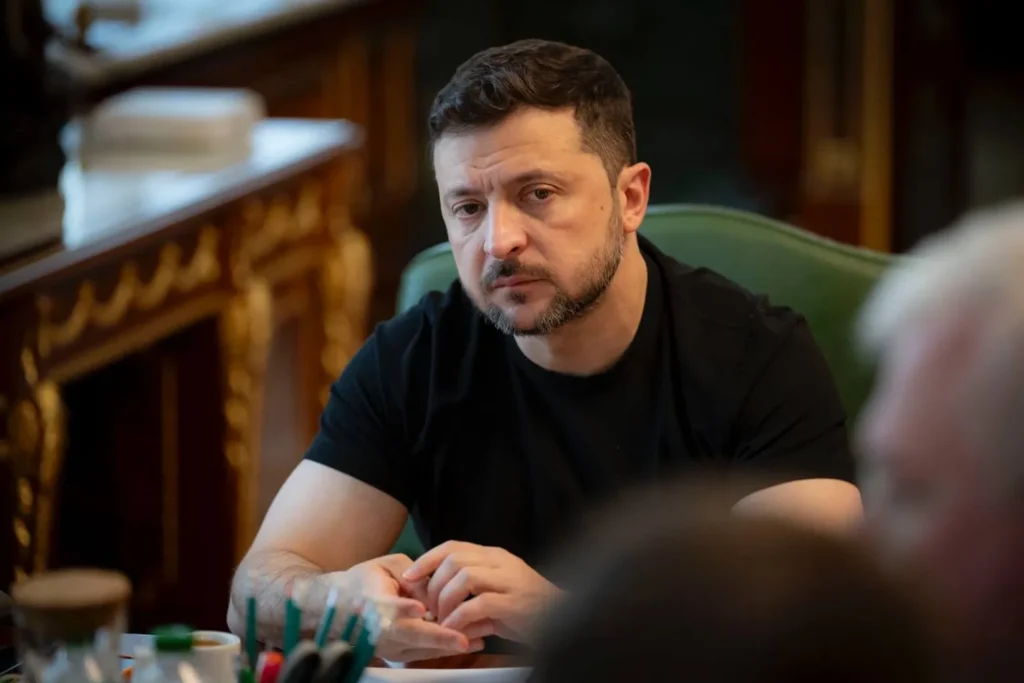
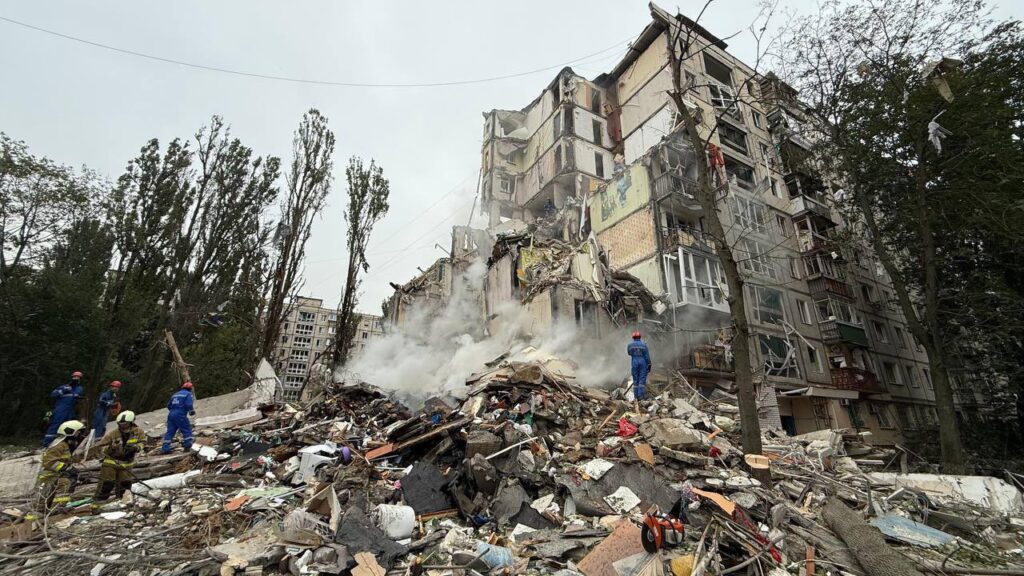

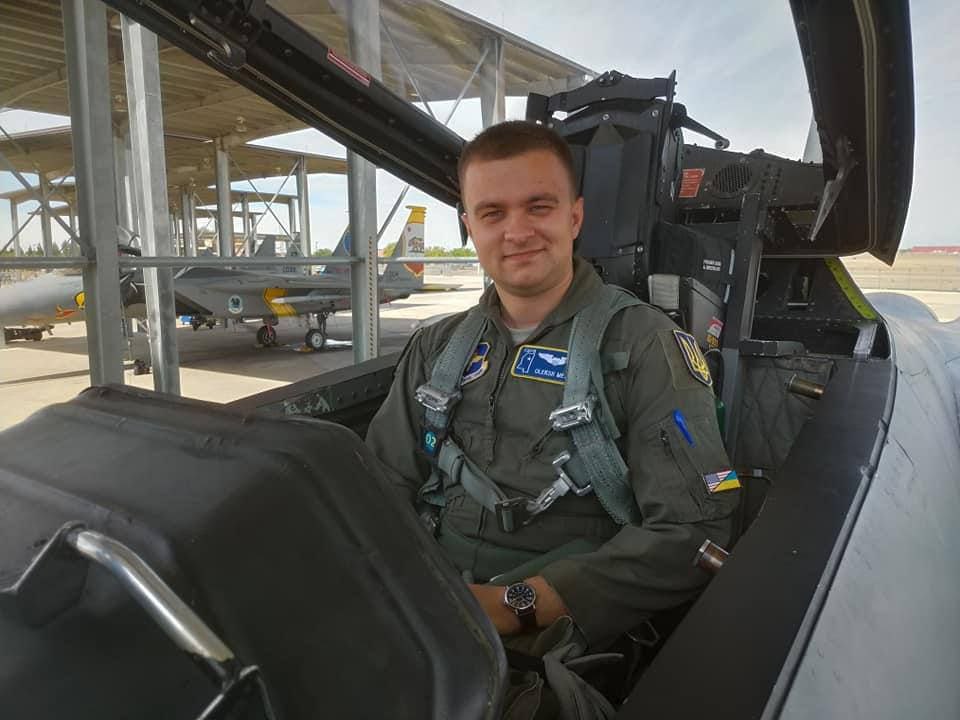

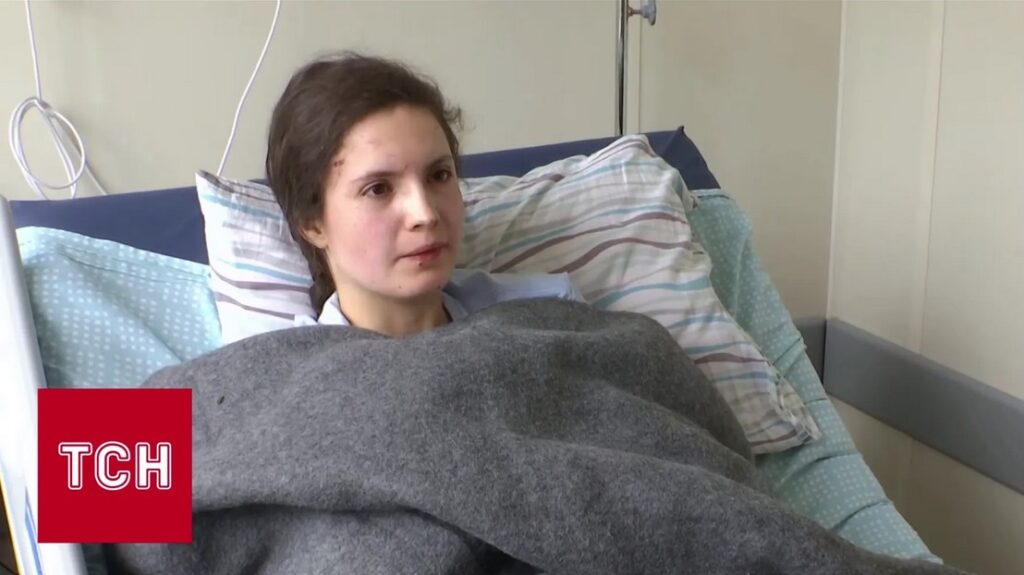
 ABC
ABC 